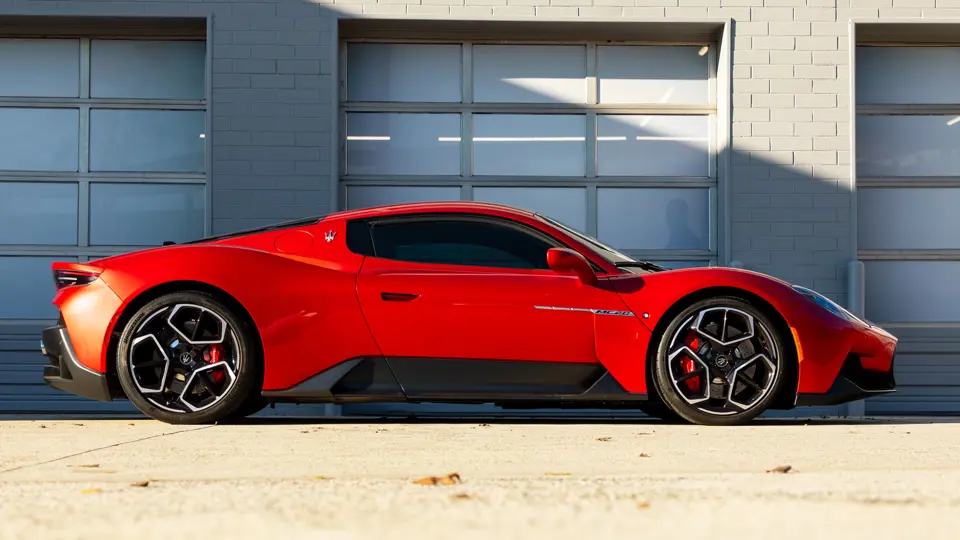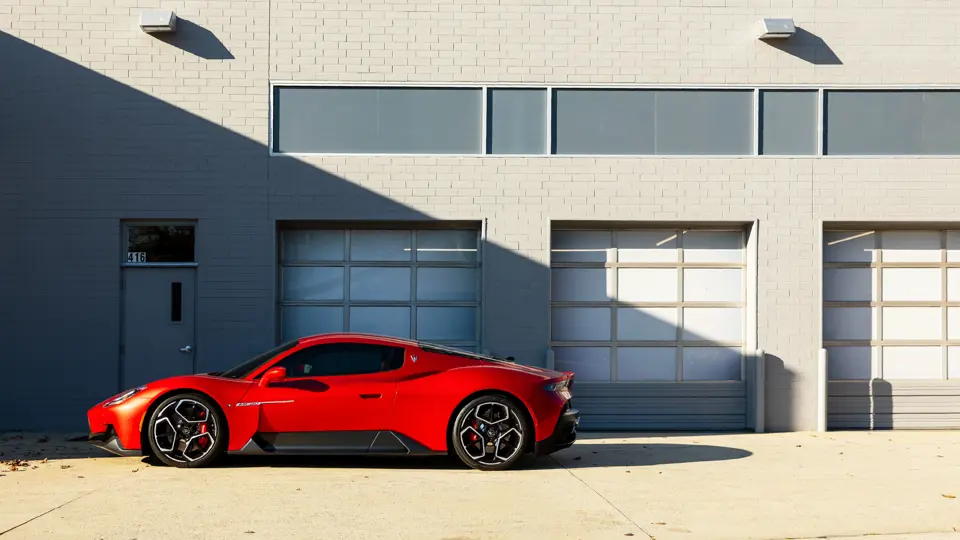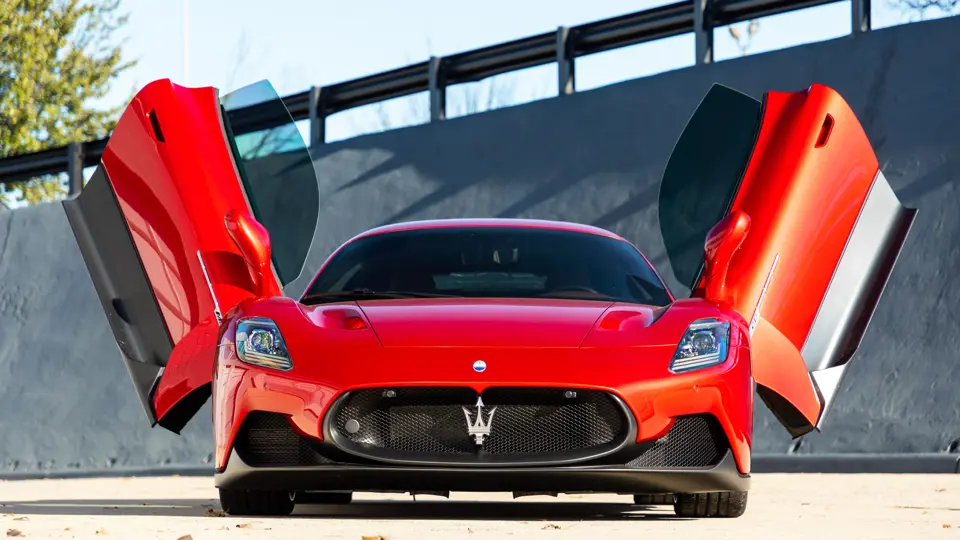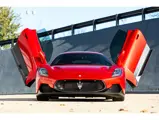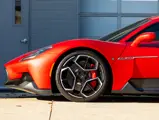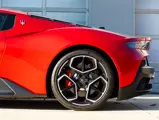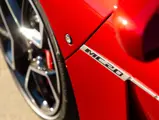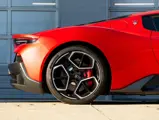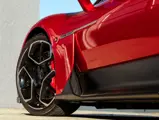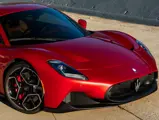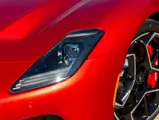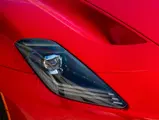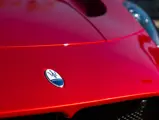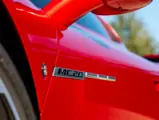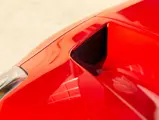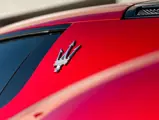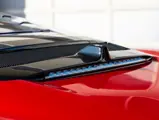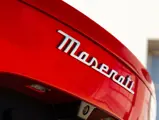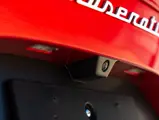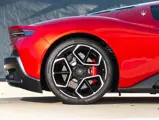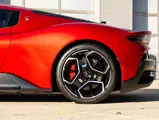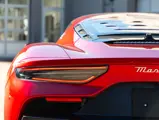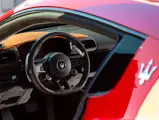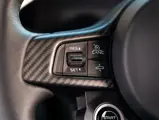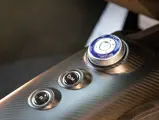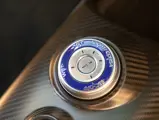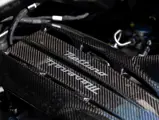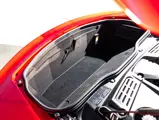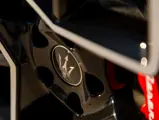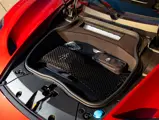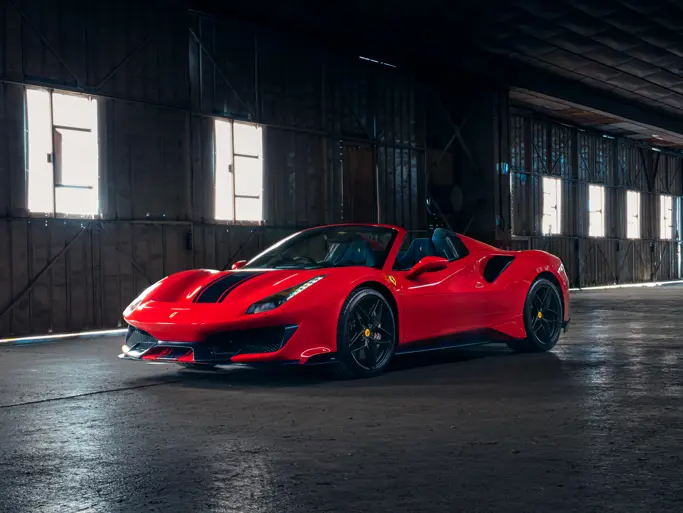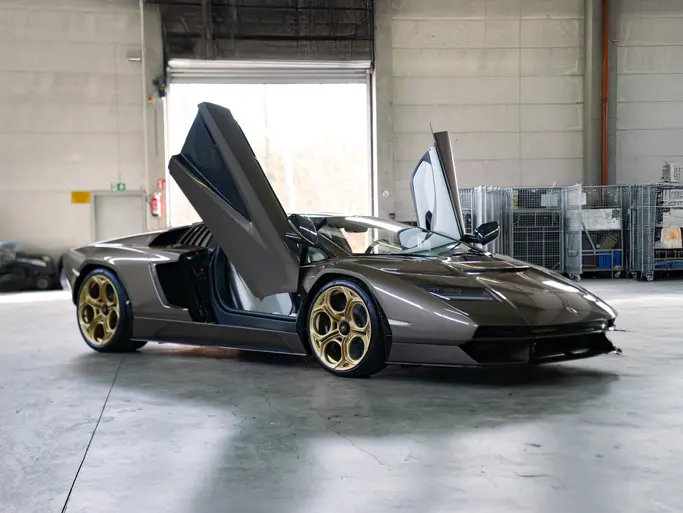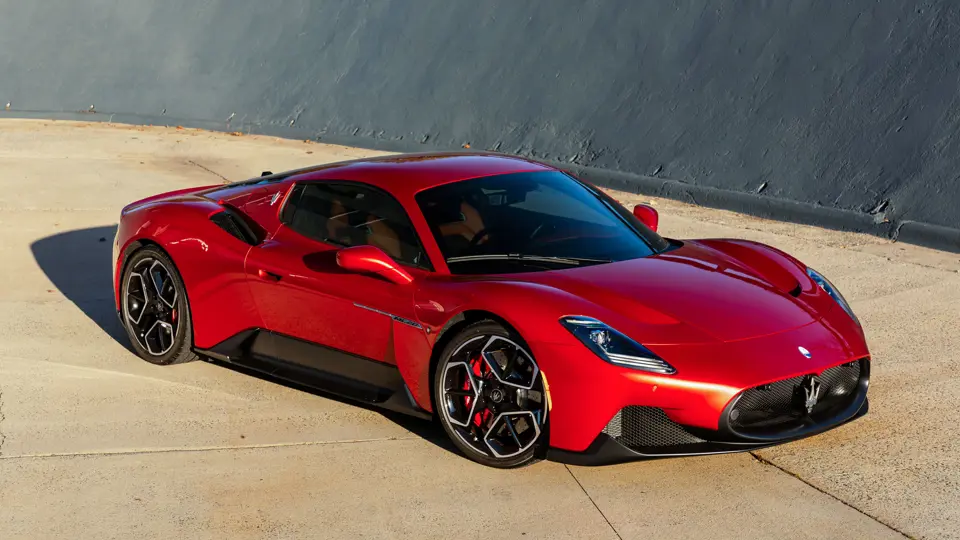
2022 Maserati MC20
{{lr.item.text}}
$275,000 - $325,000 USD | Not Sold
{{bidding.lot.reserveStatusFormatted}}
- Practically new, showing only 117 miles at time of cataloguing
- Equipped from the factory with $27,750 worth of options, including suspension lifter, heated seats, carbon-fiber engine cover, and red brake calipers
- Finished in stunning Rosso Vincente, a $10,000 option, over two-tone Cuoio
- Rides on 20-inch Birdcage Glossy Black Diamond wheels
- An exquisitely outfitted example of Maserati’s ground-breaking new supercar
The landmark MC20 signals a renewed focus for Maserati as the Italian automaker seeks to reestablish itself in motorsports and ascend to the uppermost echelon of supercar manufacturers. Upon its unveiling, Maserati called it the “halo car that has marked the start of a new era for the Trident brand.” Fittingly, it also debuted a new trident logo for the company.
Maserati has been without a supercar since the Enzo Ferrari-based MC12 ceased production in 2005. Like its predecessor, the MC20 features a mid-engine layout for superior balance, a carbon-fiber unibody to keep weight down, and impressive “butterfly” doors that open upward. But instead of a 6.0-liter Ferrari-derived V-12 engine behind the cabin, there is an all-new “Nettuno” 3.0-liter twin-turbocharged V-6. Developed by Maserati entirely in-house in Modena, Italy, it features an innovative, twin injection, pre-chamber combustion system derived from Formula One engines and is connected to an eight-speed, dual-clutch transmission. With 621 horsepower and 538 pound-feet of torque on tap, the 3,307-pound super coupe can sprint from 0–60 mph in 2.9 seconds and reach a top speed of 202 mph.
As with the previous MC12, Dallara contributed to the MC20’s development, devising the carbon-fiber chassis and aerodynamic components. After 2,000 hours of wind-tunnel testing and over 1,000 hours of computational fluid dynamics simulations, Maserati and Dallara were able to create a clean and elegant aesthetic devoid of obtrusive aerodynamic appendages. Vents on the hood and rear fenders blend perfectly into the bodywork, while the discreet rear spoiler—fixed rather than movable, as often seen on cars of this caliber—works in conjunction with the under-body diffuser to enhance the up-washing of air channeled beneath the car.
To create a clean and elegant design, Maserati divided the car into two parts visually. The upper portion, where aesthetic considerations were paramount, is finished in one of six newly developed colors exclusive to the MC20, while the lower portion in black was focused on improving aerodynamics. With this approach, the MC20 pulls off a measure of elegance and refinement not often seen in this category, where the overriding goals of outright performance and speed usually create extreme designs with numerous scoops, strakes, and wings. What’s more, the use of carbon fiber, used for its light weight and superior rigidity, allowed greater stylistic freedom. The front-hinged “butterfly” doors, for example, would have been impossible to achieve with press-formed metal, according to Maserati.
Though absolutely intended to push the limits of performance, the MC20 does not compromise on its ability to comfortably accommodate occupants, offering a generous cargo holds at both the front and rear of the vehicle. Inside, the theme of elegant minimalism continues with a cockpit clearly designed around a driver fixated on the business of driving. The uncluttered dashboard houses two 10-inch screens, one with digital instrumentation and another centrally located in the dash but canted toward the driver. Switchgear is minimal, with most controls located on the steering wheel and a smattering on the central tunnel. Most prominent is the driving-mode selector, with a design inspired by a luxury watch. In terms of materials, Maserati chose a matte finish for the carbon-fiber trim to create a more “tailored, fabric-like look,” while the seats, door cards, and other parts of the interior were finished in Alcantara, a high-tech Italian fabric prized for its combination of softness, durability, and grip.
From the outset, Maserati made it clear that the MC20 would be available as both coupe and convertible—the latter called the MC20 Cielo—with an electric propulsion system also in the works. Total annual production for both the coupe and convertible is reported to be around 1,400 units.
The Maserati MC20 offered here is practically new, showing only 117 miles on the odometer at cataloguing time. Furthering its appeal is the stunning color scheme. The exterior is finished in stunning Rosso Vincente, a deep metallic three-layer paint option that costs $10,000. Meanwhile, the interior was optioned with two-tone brown and black Cuoio upholstery, also at extra expense. The list of desirable factory options continues with a $5,000 carbon-fiber engine cover and a $4,000 suspension lifter that raises and lowers the front of the car to protect the underbody, $1,500 20-inch Birdcage Glossy Black Diamond wheels, $1,200 red brake calipers, blind-spot detection, embroidered trident logos in the headrests, heated seats, and auto-dimming exterior mirrors.
Exquisitely equipped from the factory with $27,750 worth of options and in effectively new condition with just over 100 miles showing on the odometer, this MC20 is brimming with appeal and provides an excellent opportunity for the discerning collector or performance-car enthusiast seeking a more refined and luxurious experience at the upper end of the supercar spectrum.


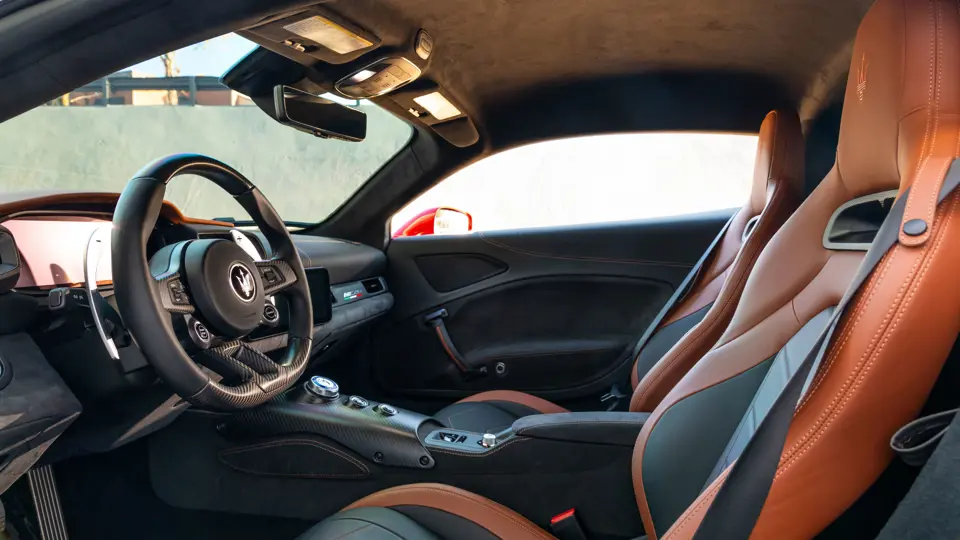

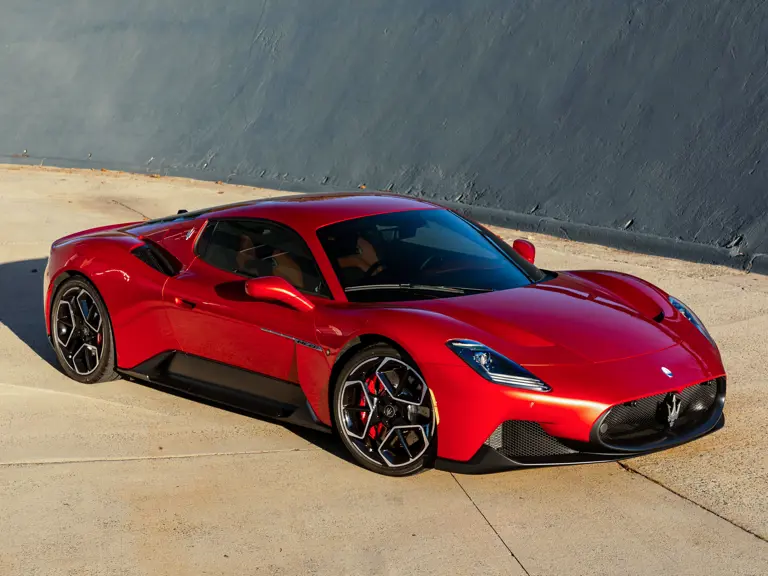
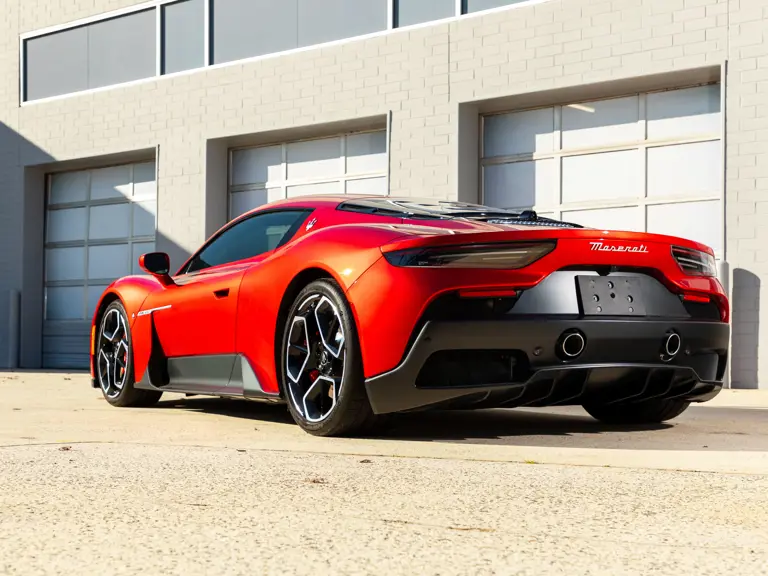
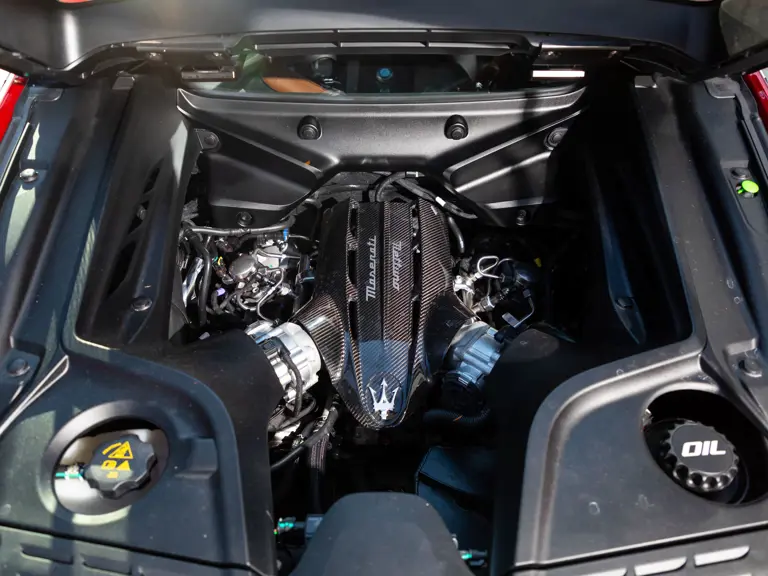
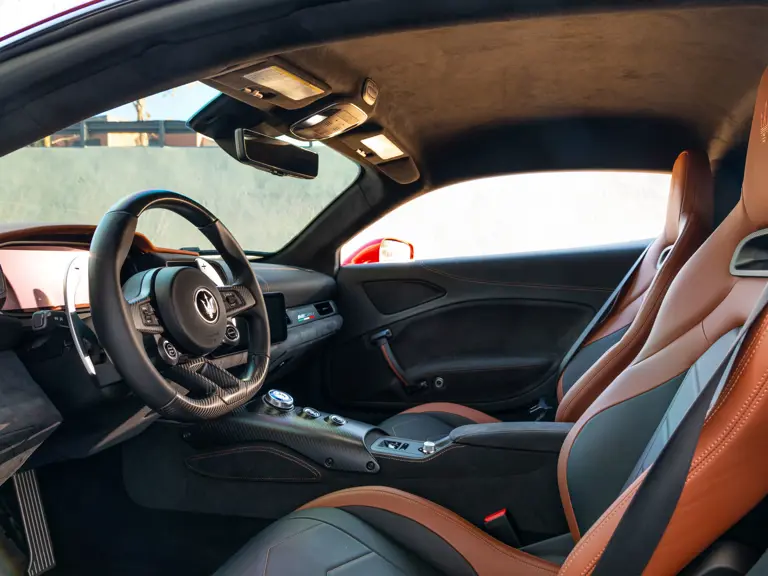
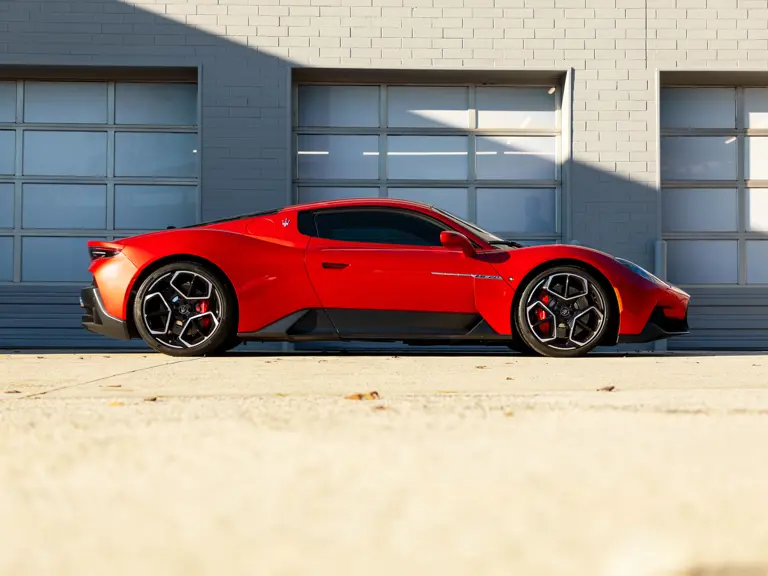

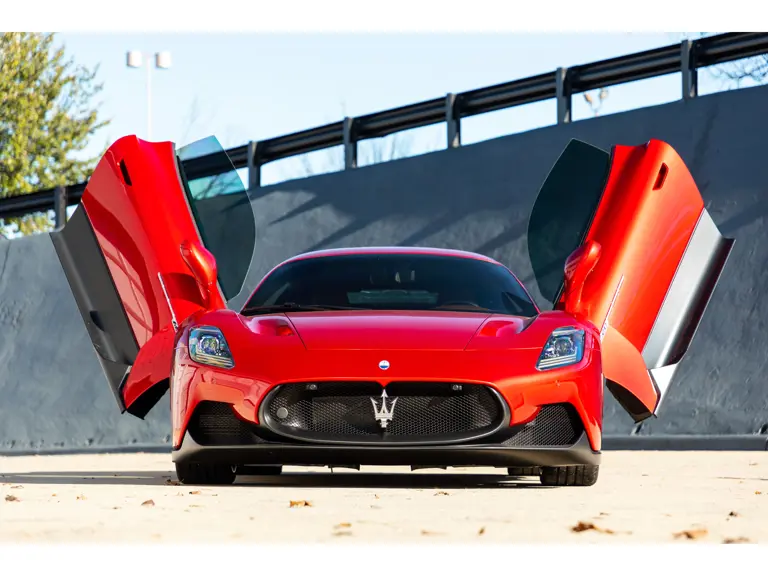
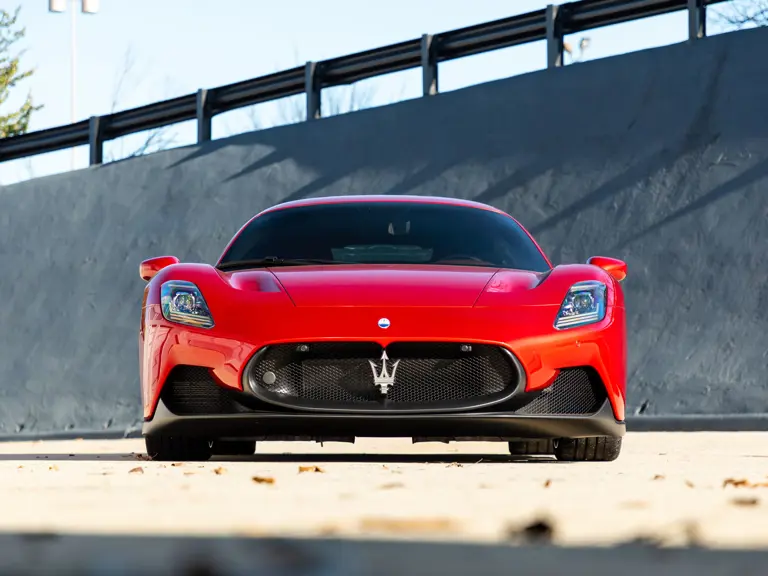
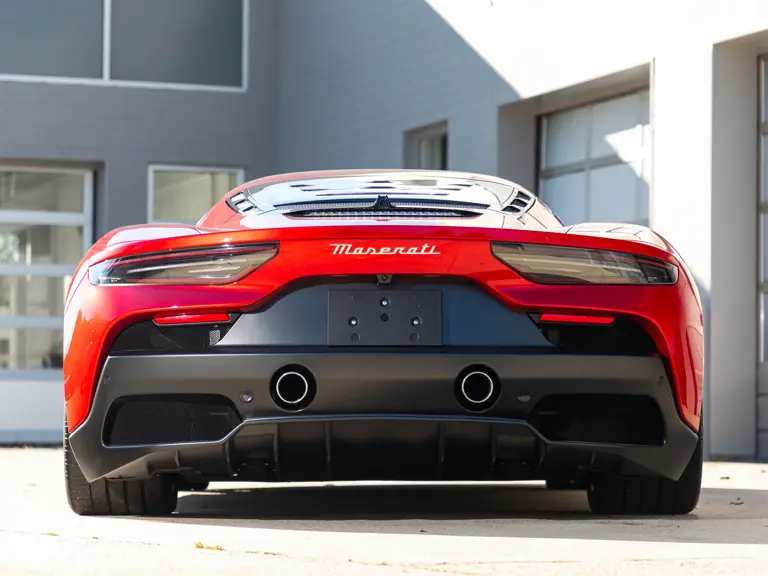



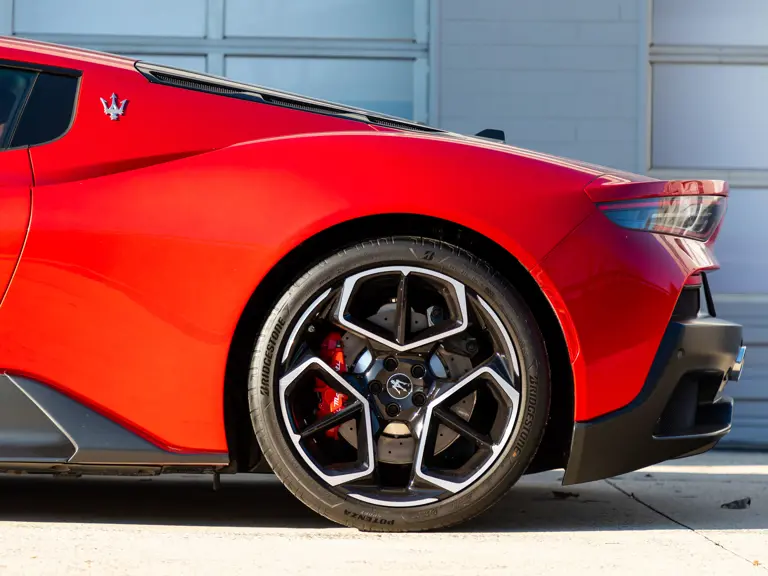
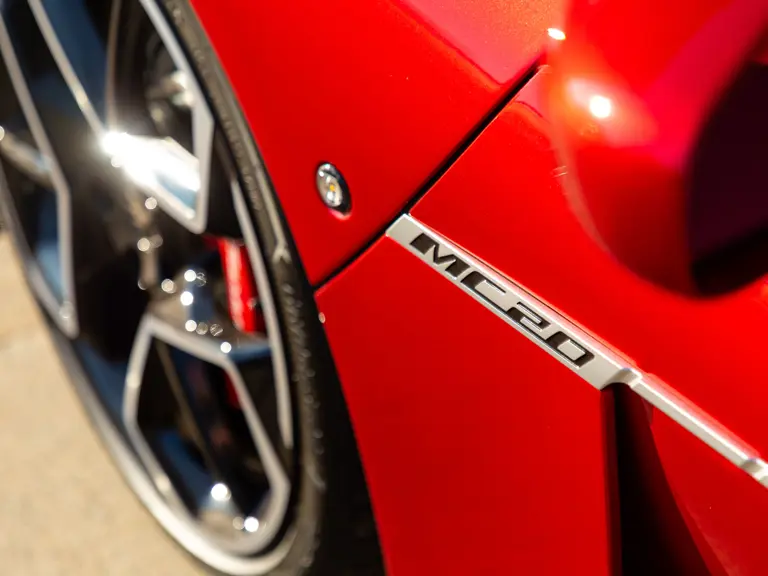


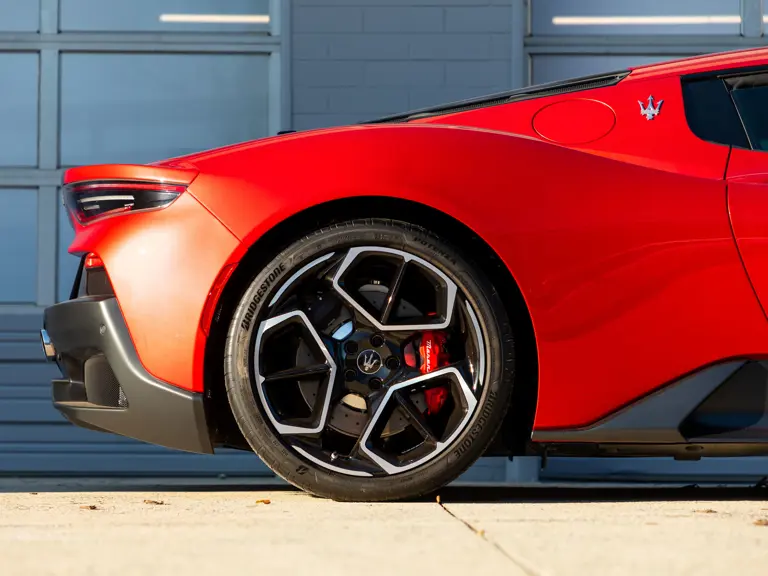
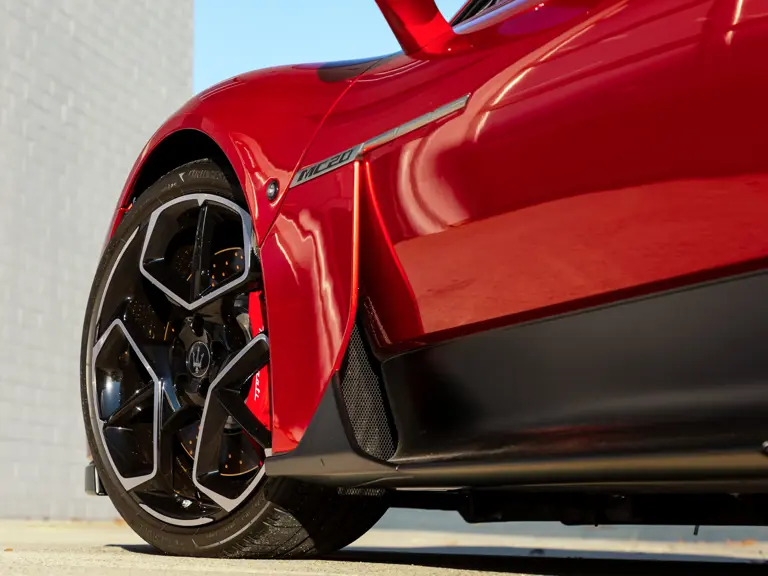


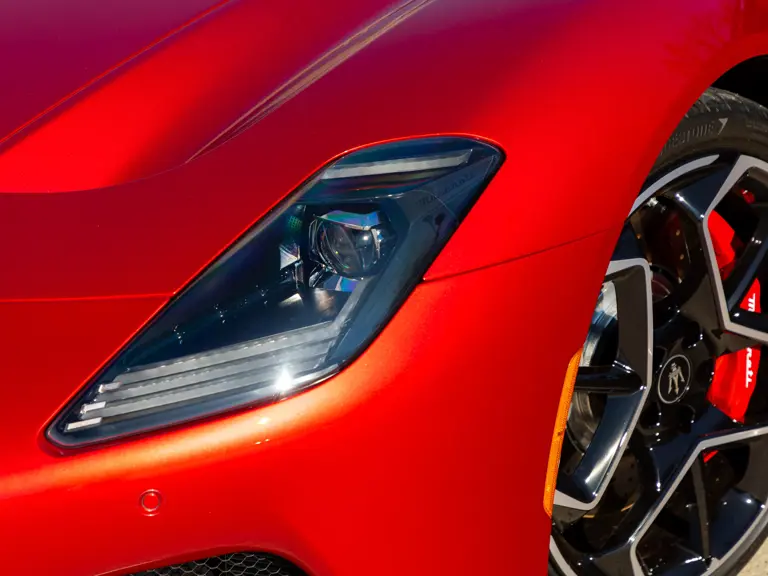
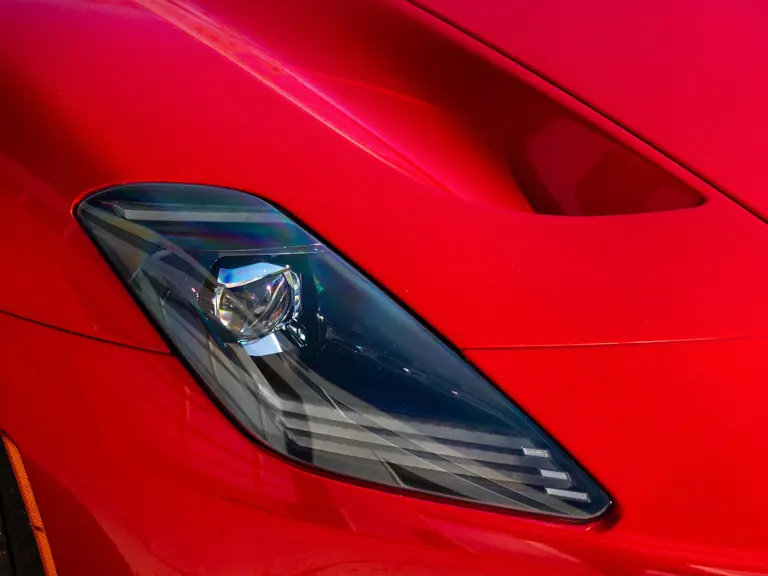
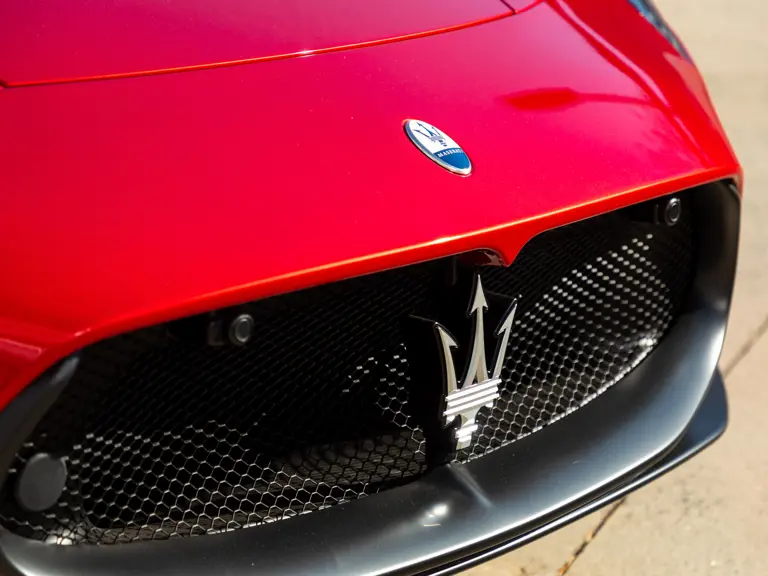
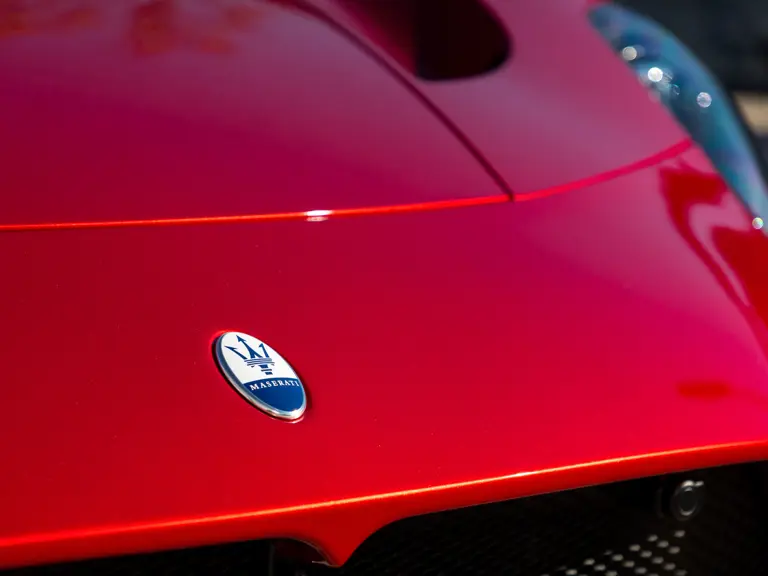
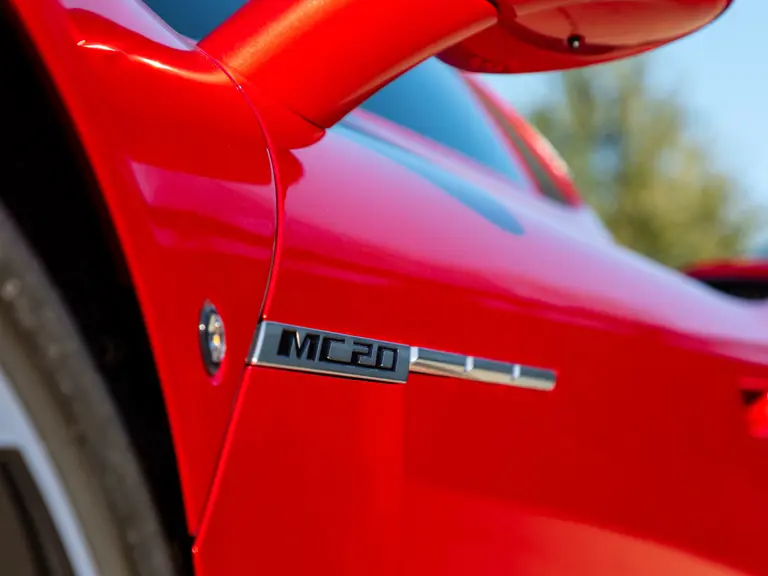

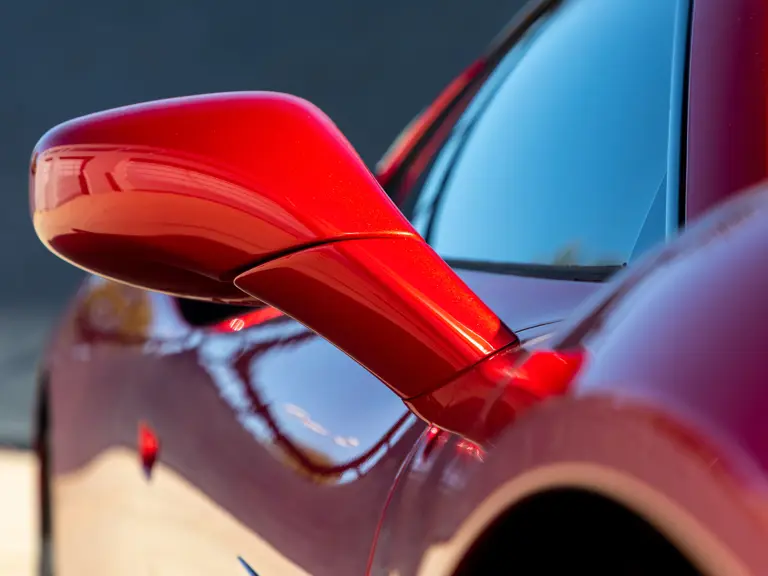
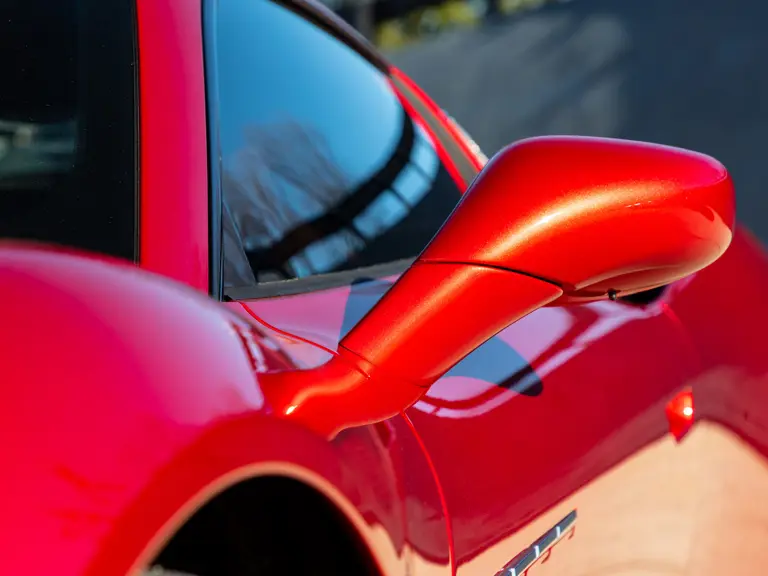
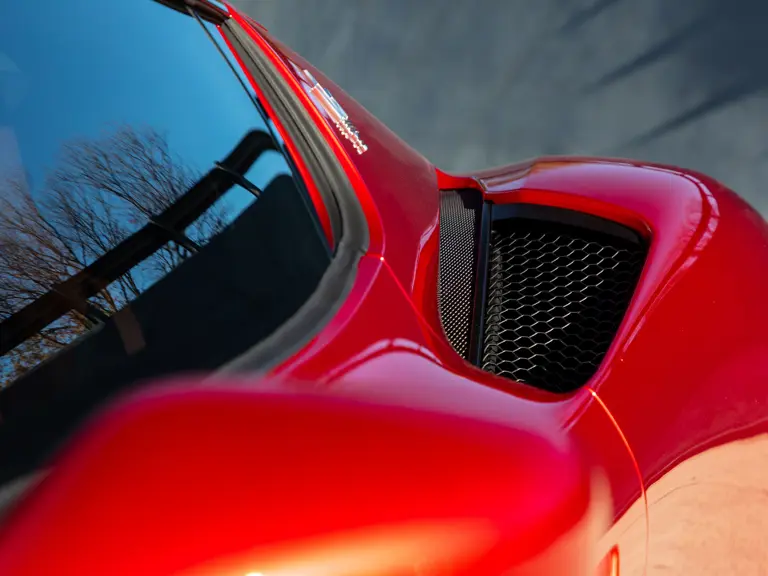
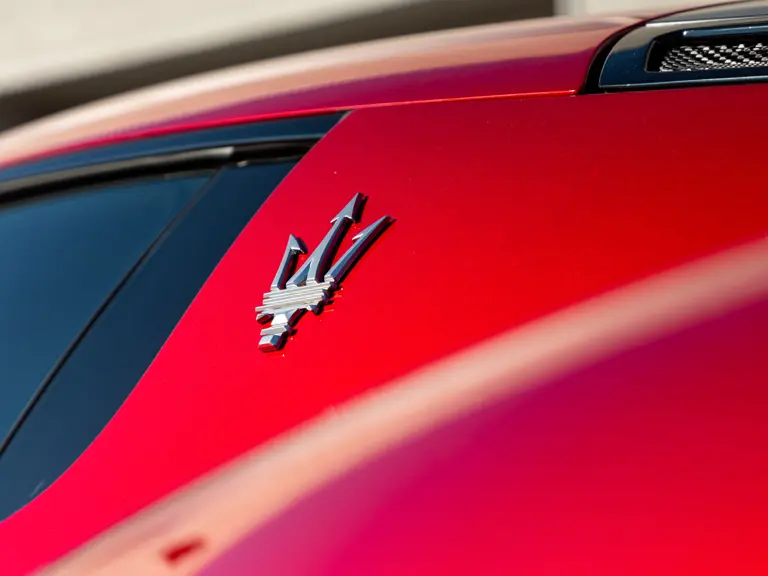
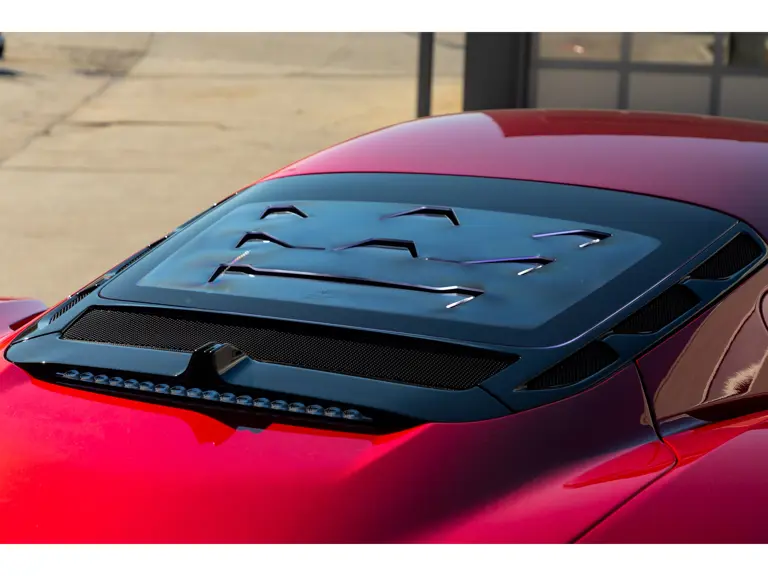
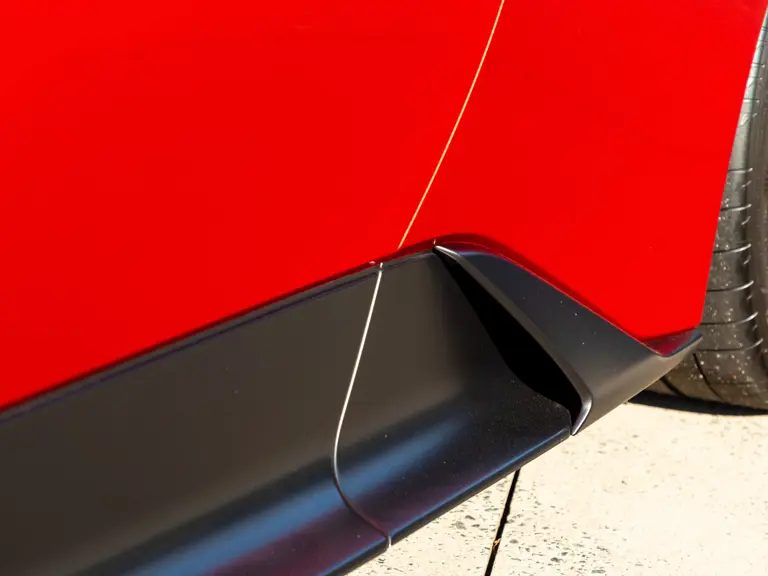
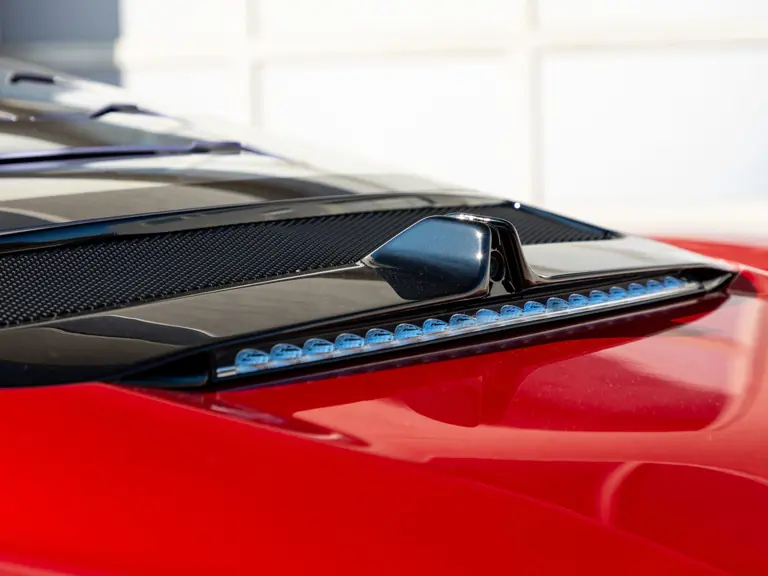
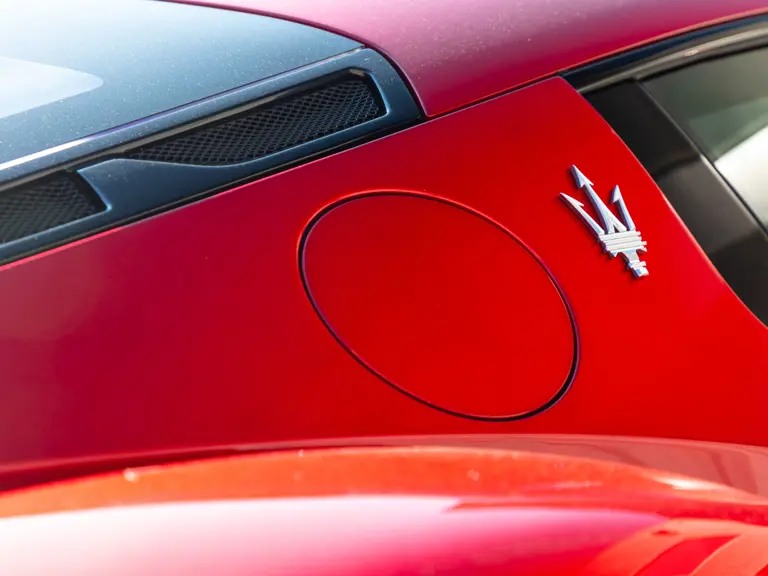
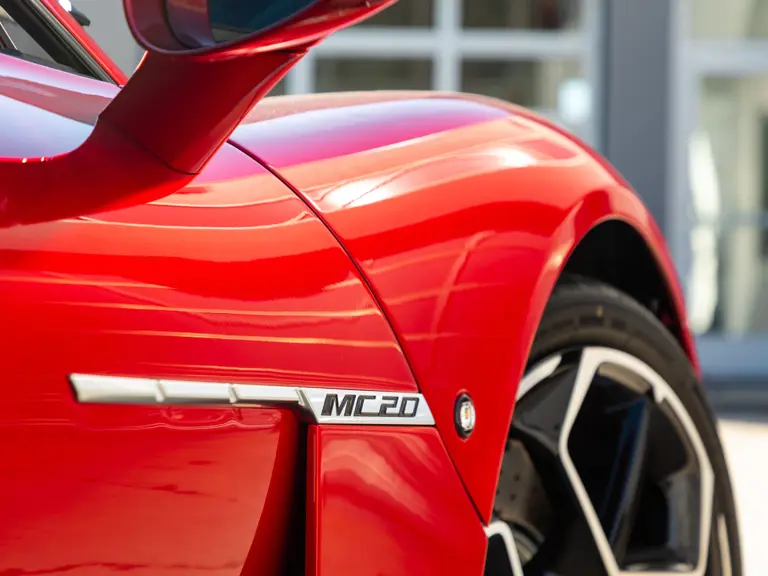
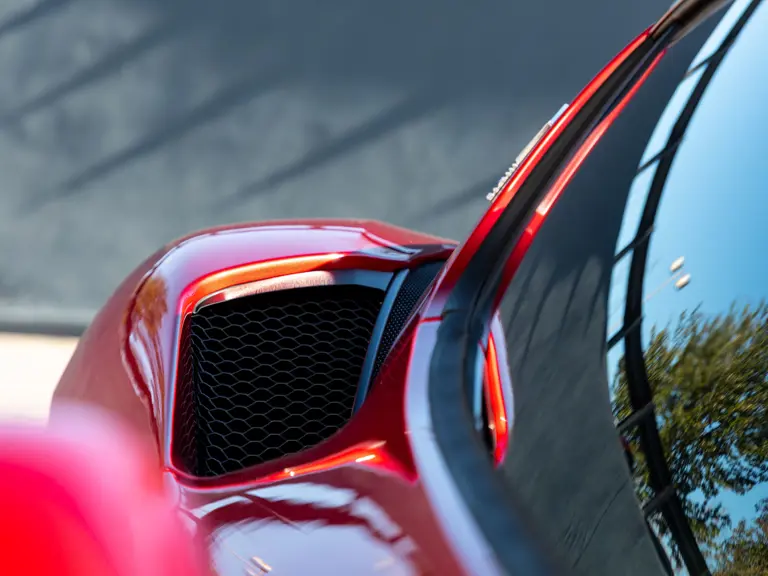


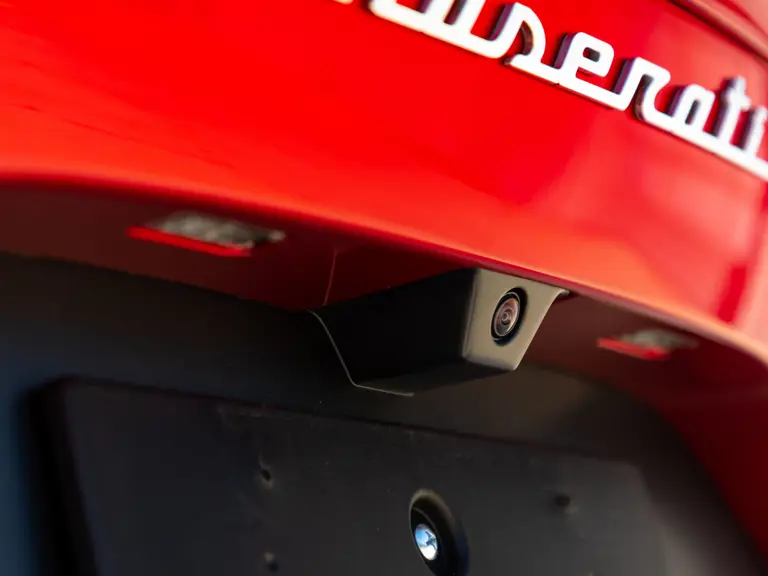
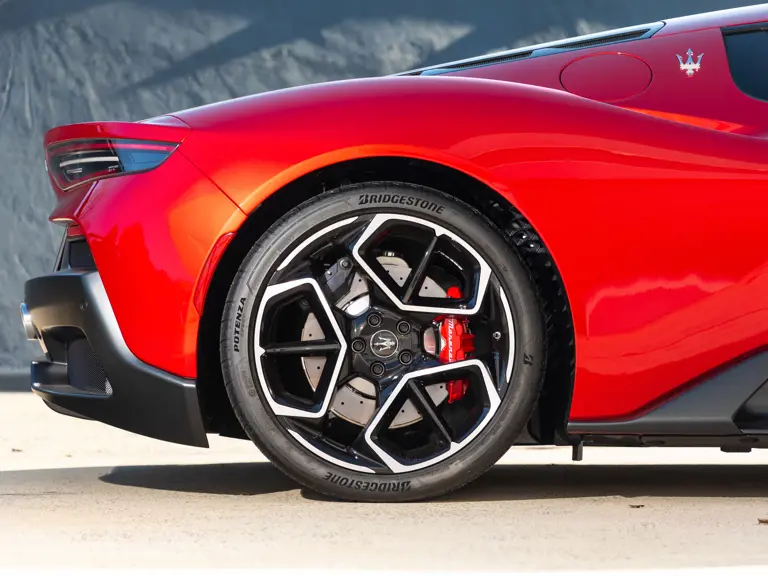
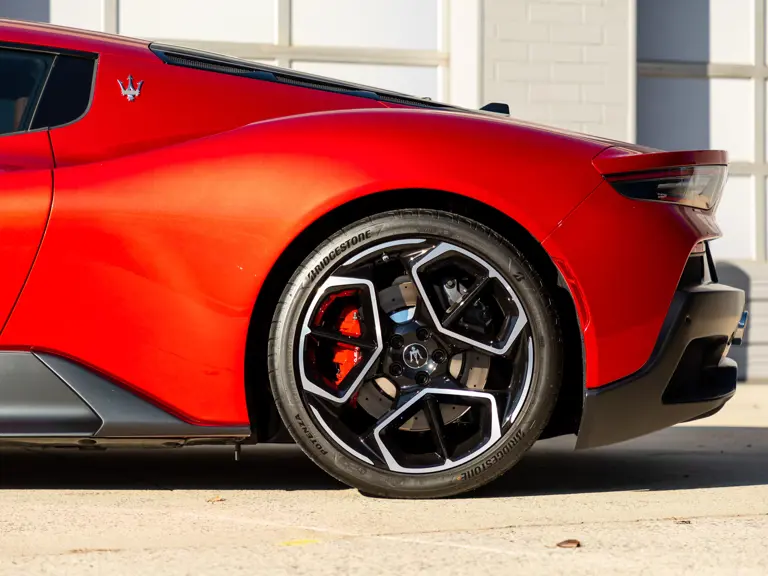
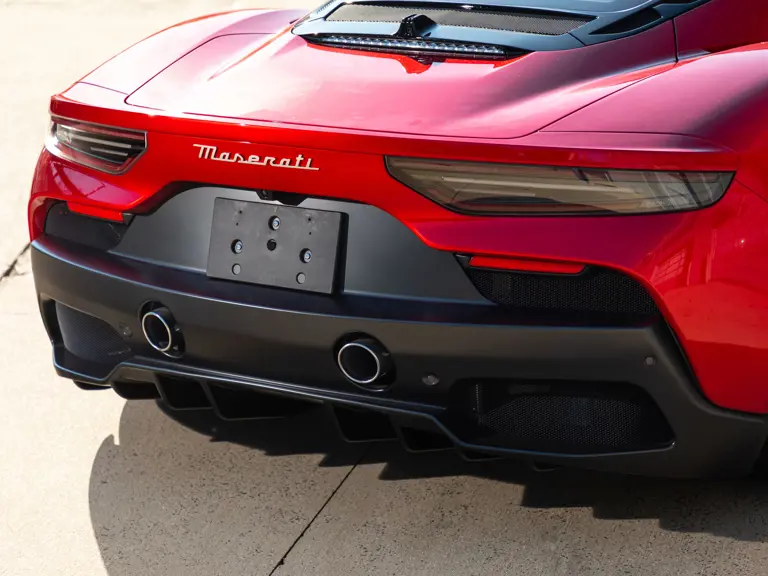
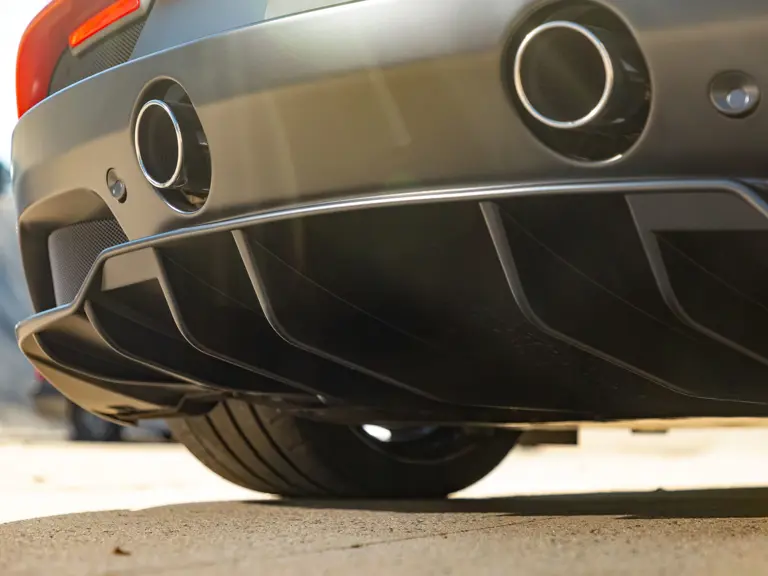
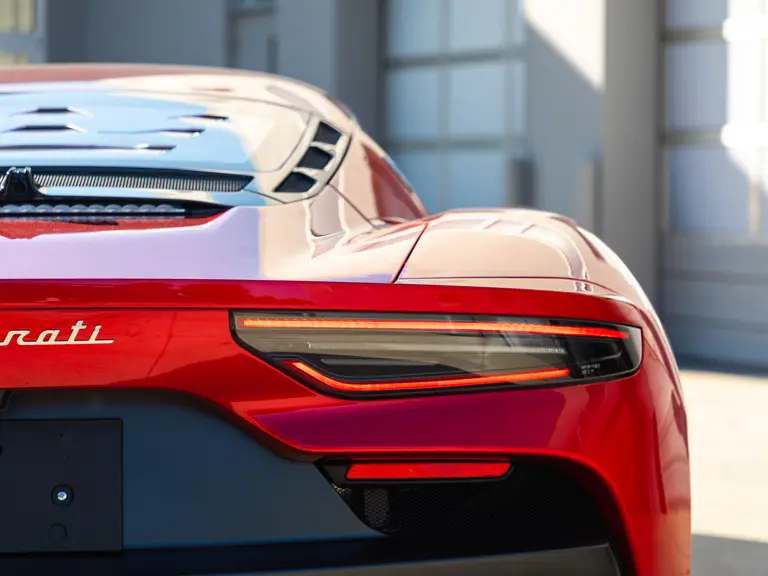
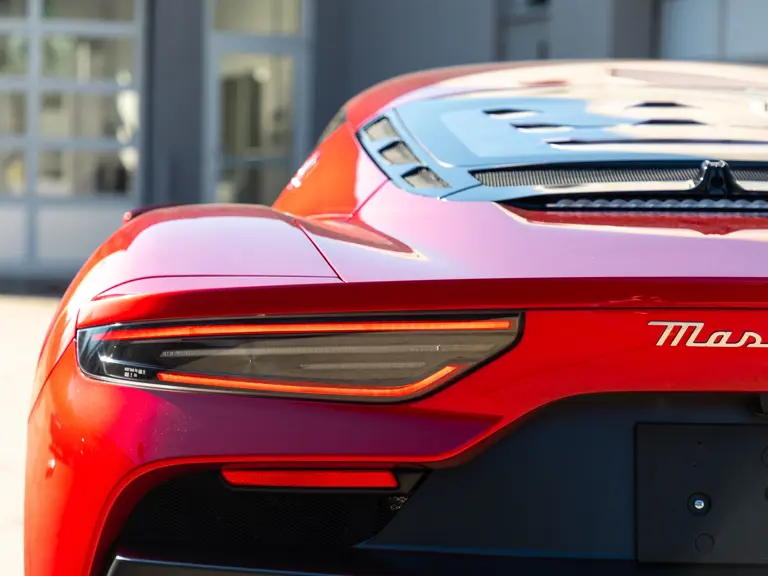
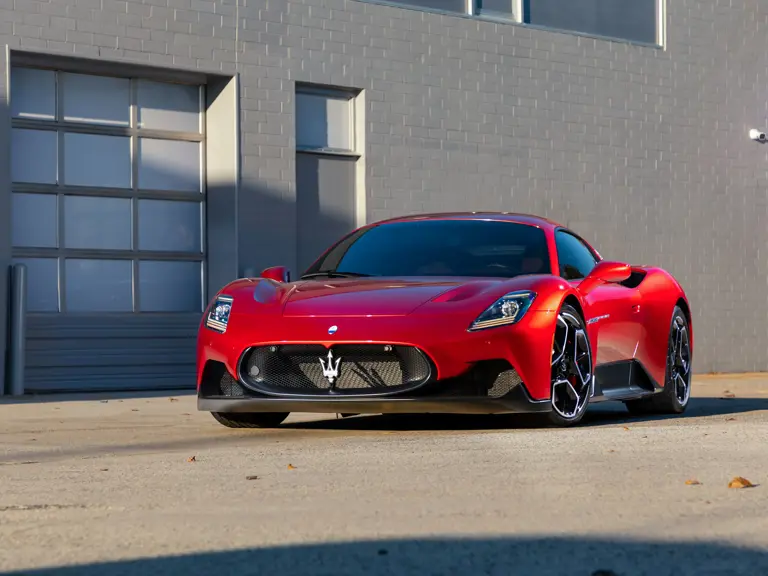
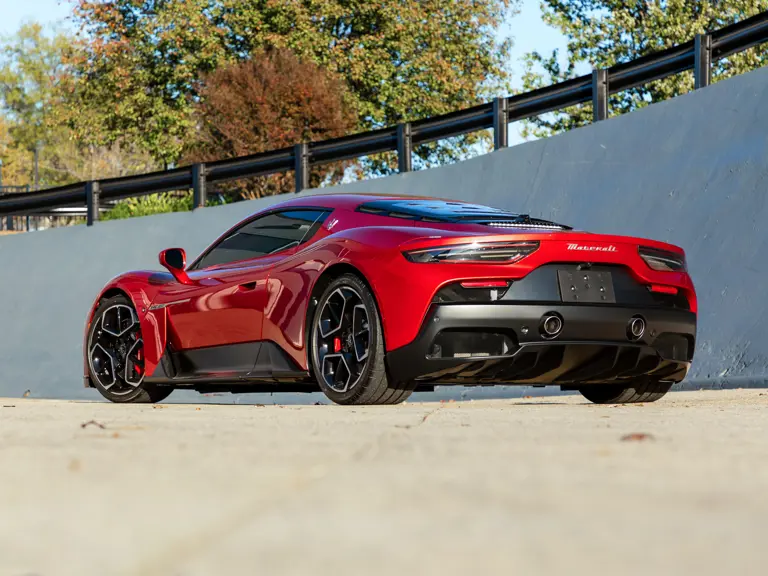

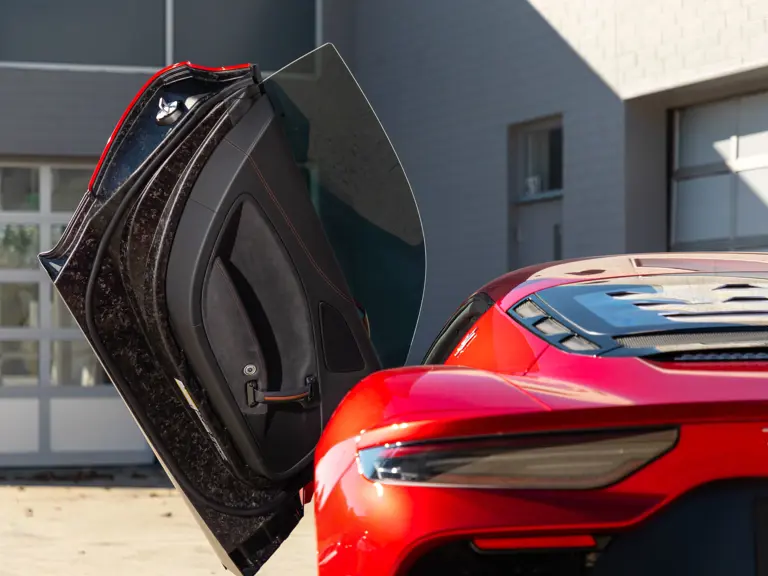
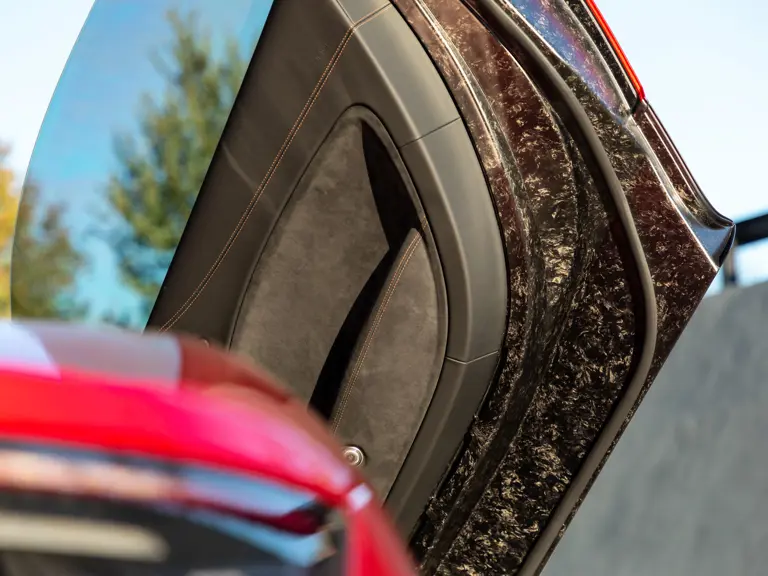
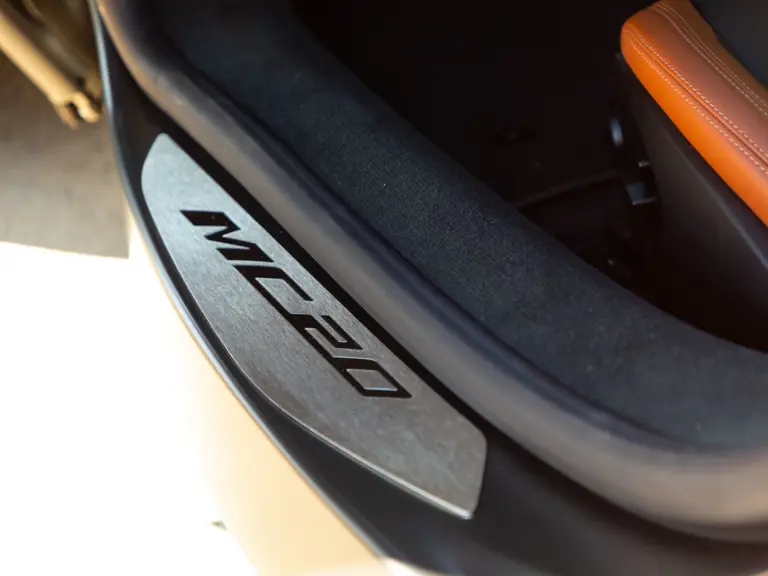
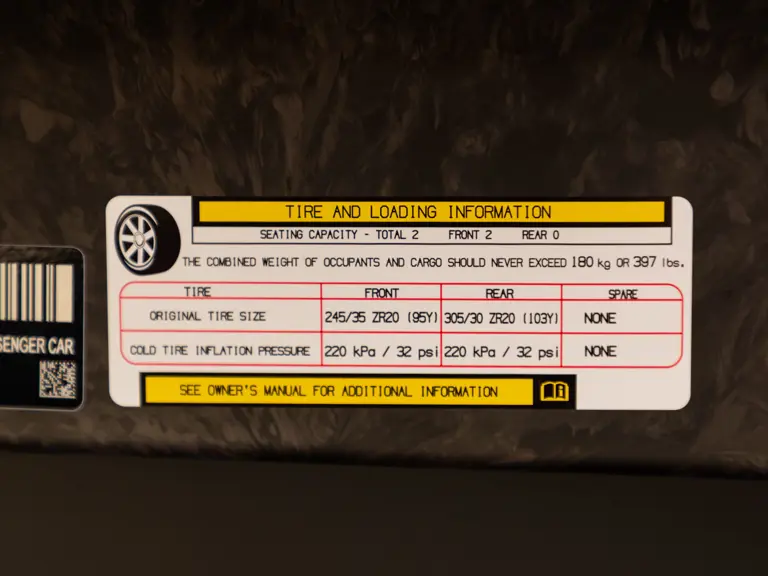
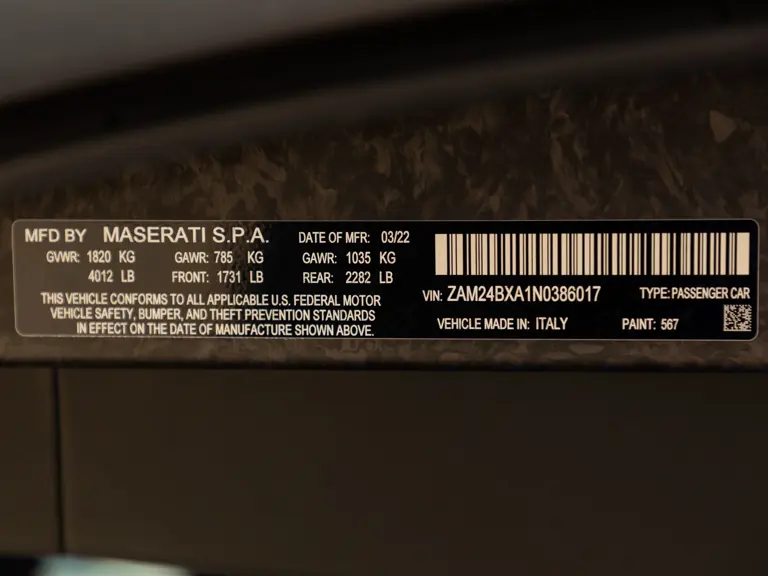
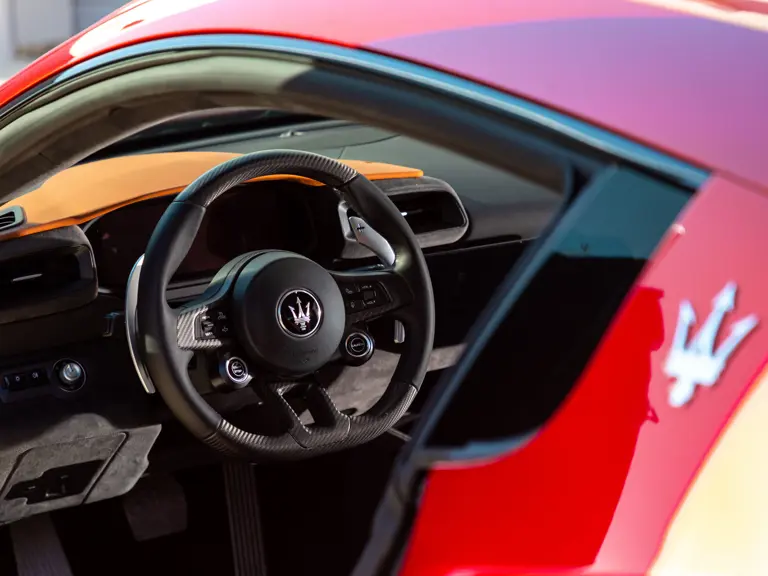
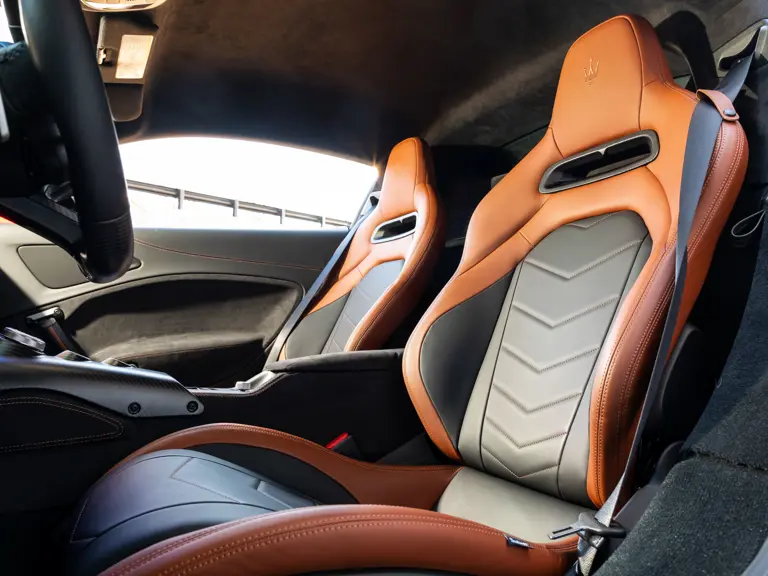
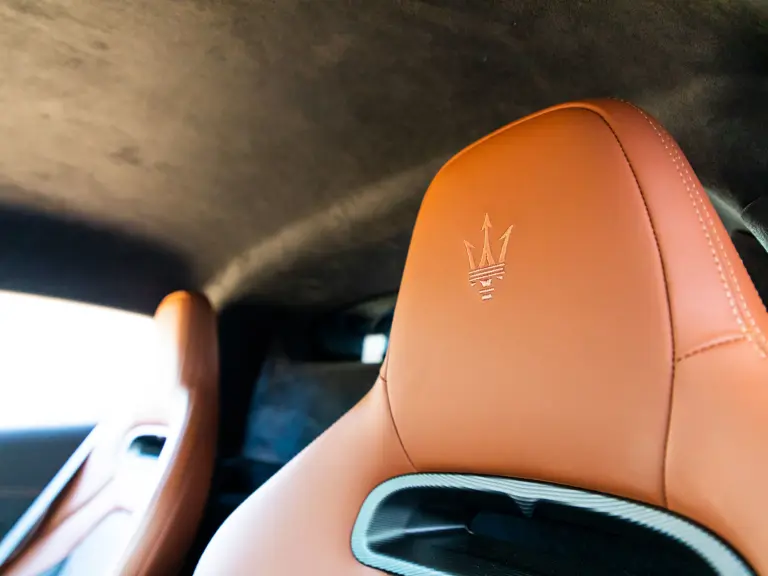
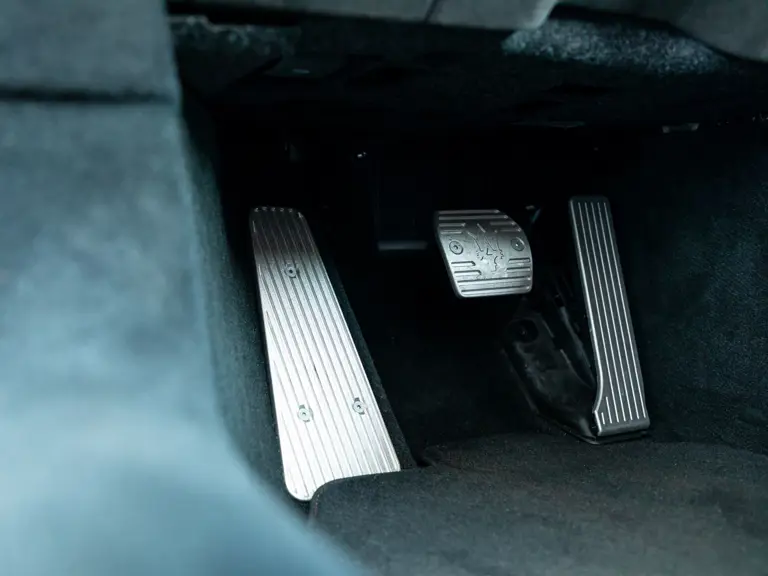
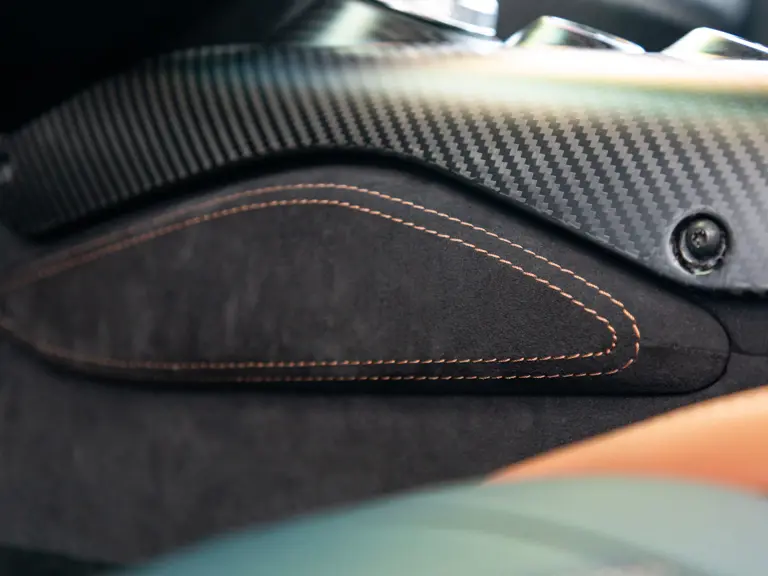

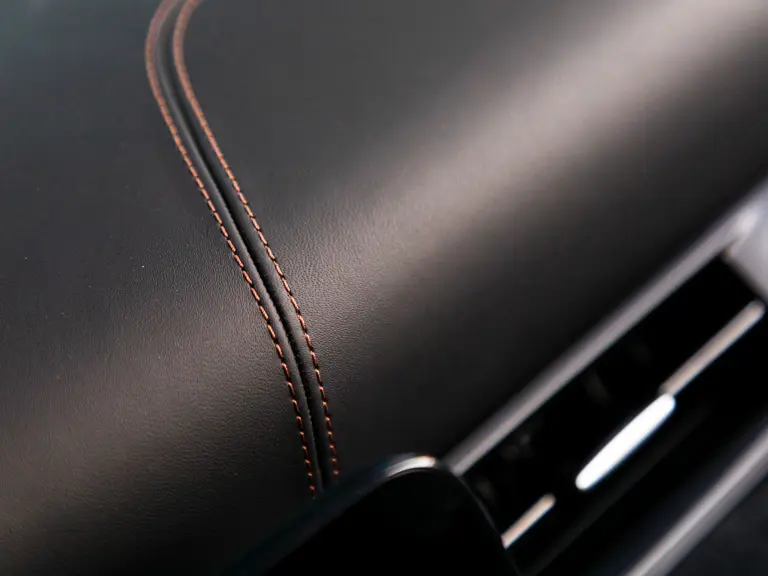
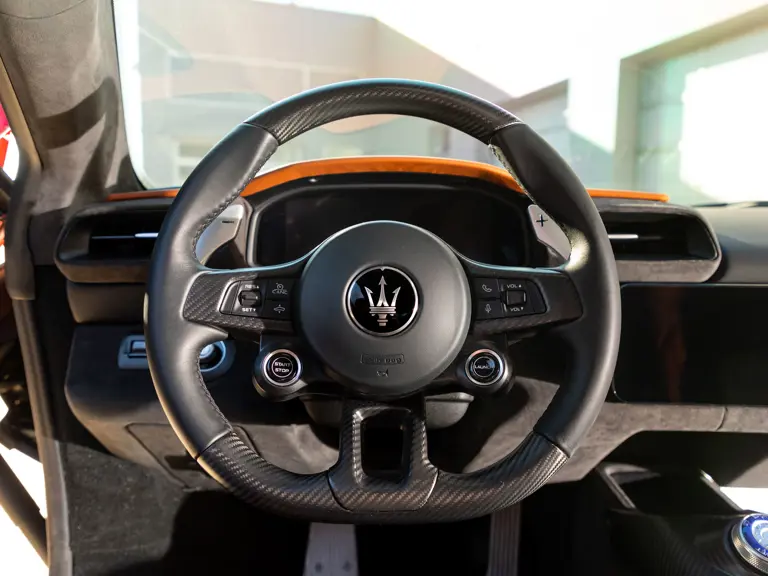

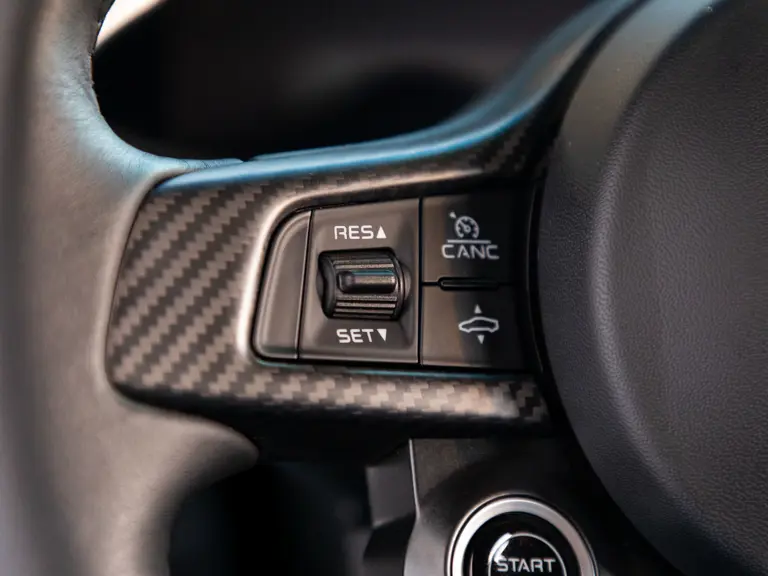
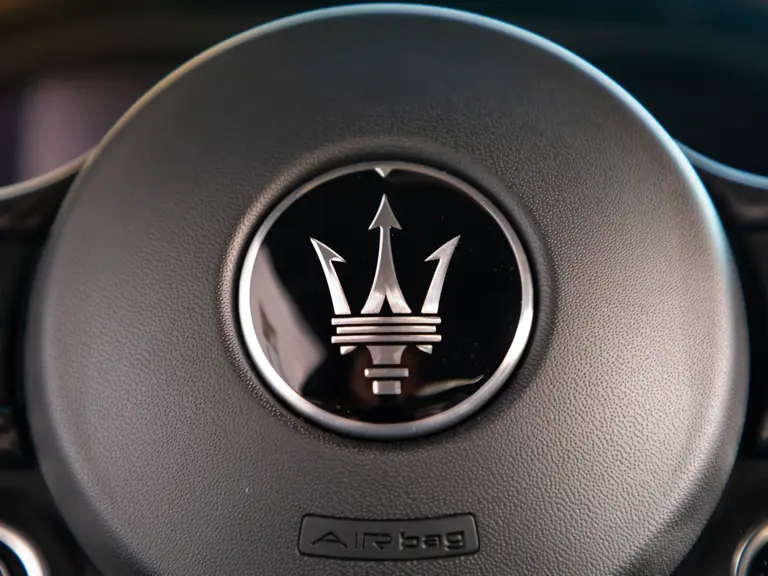
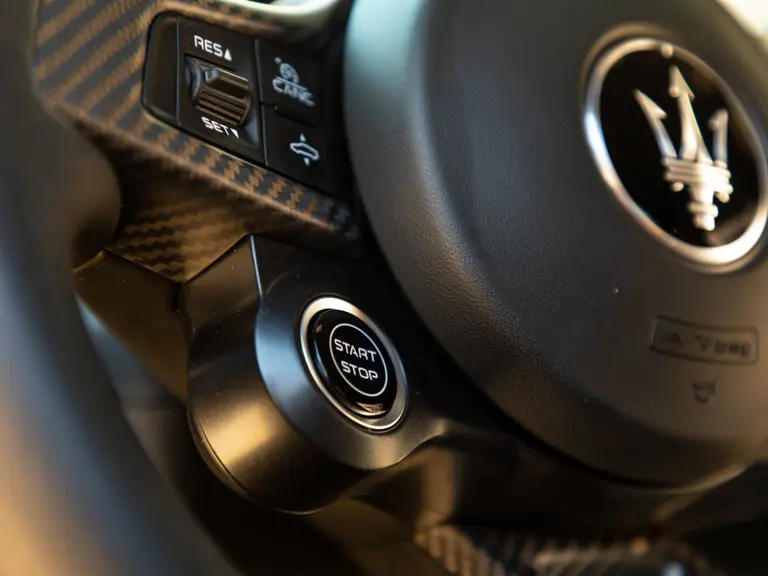
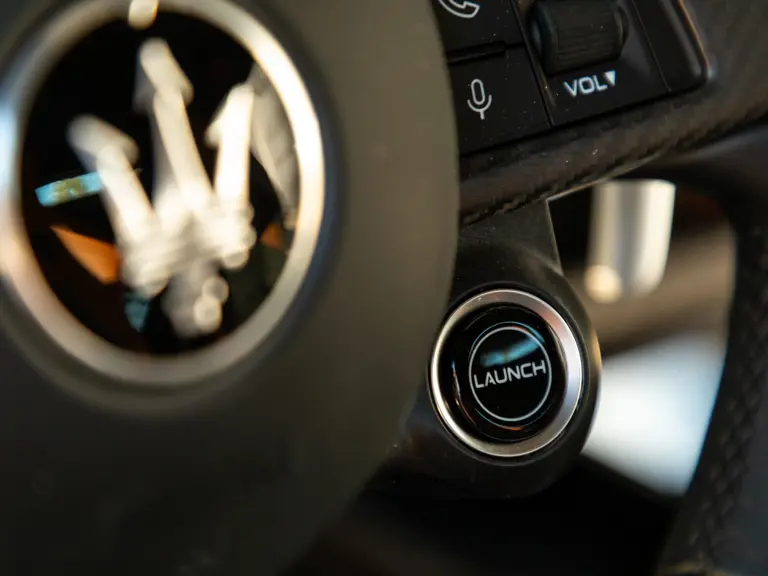
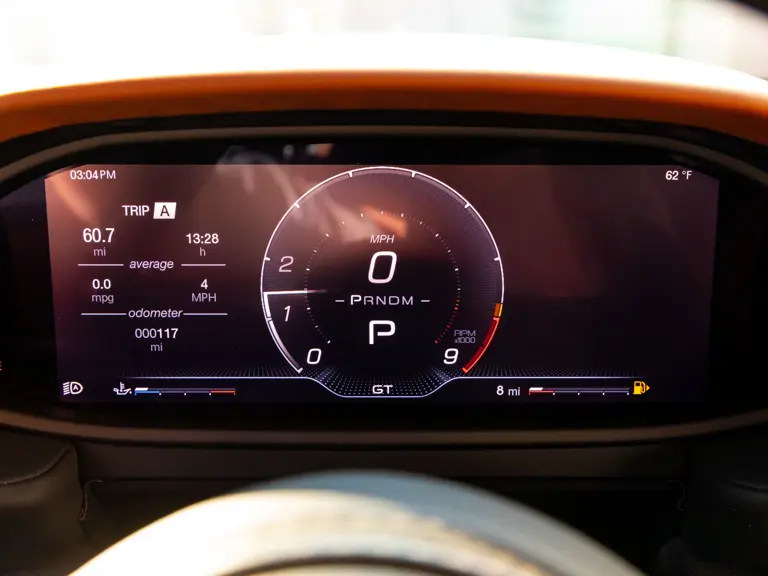
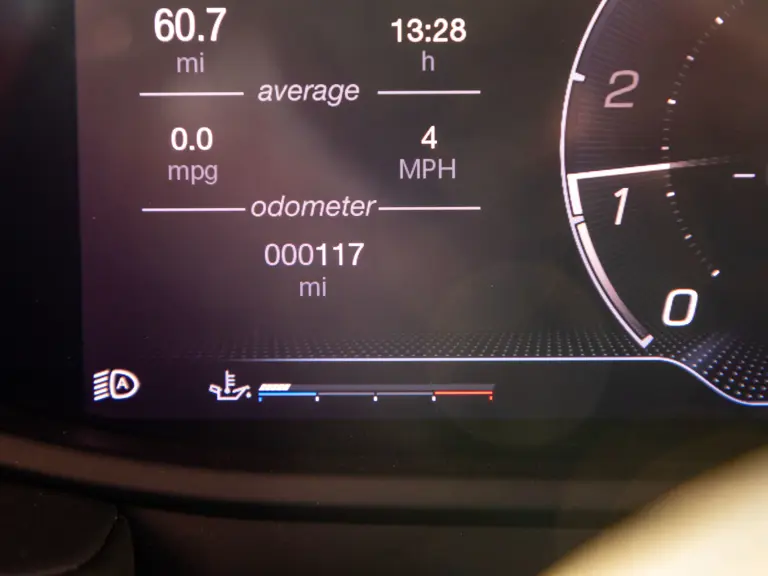
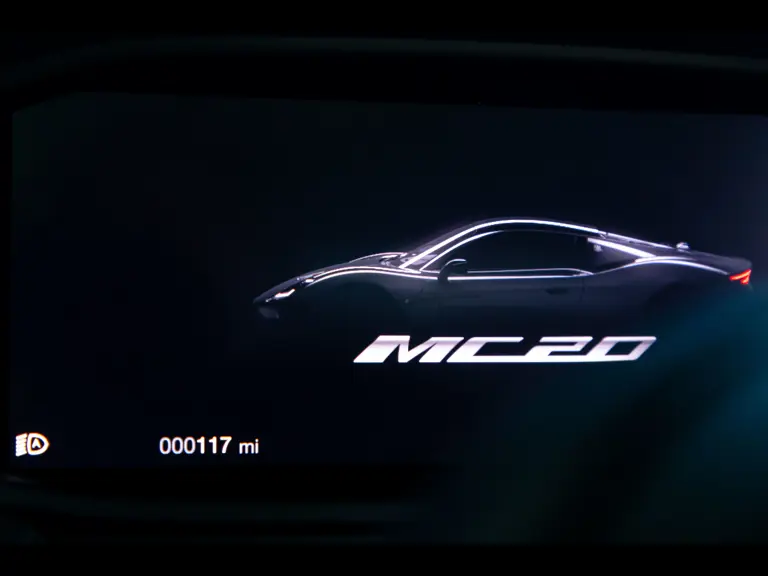
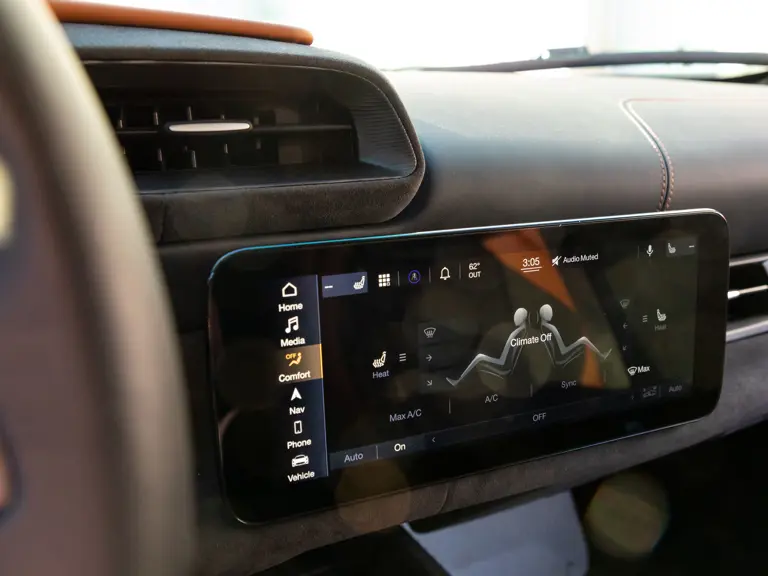
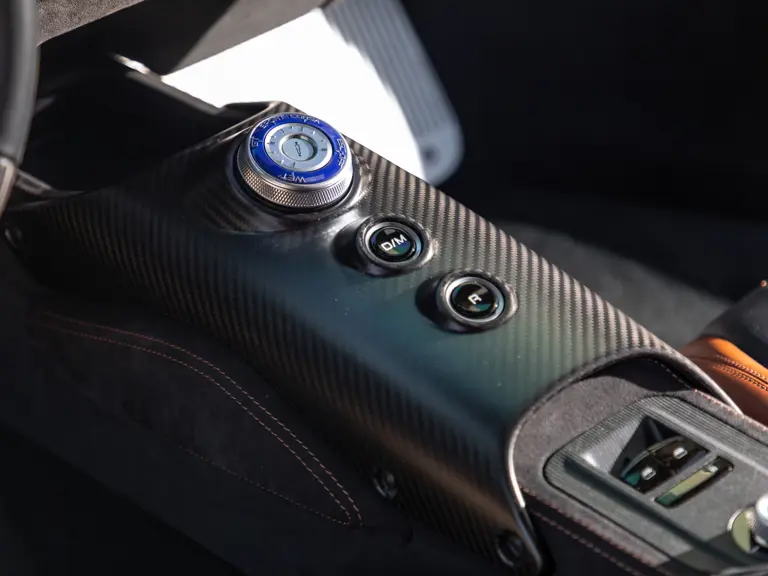
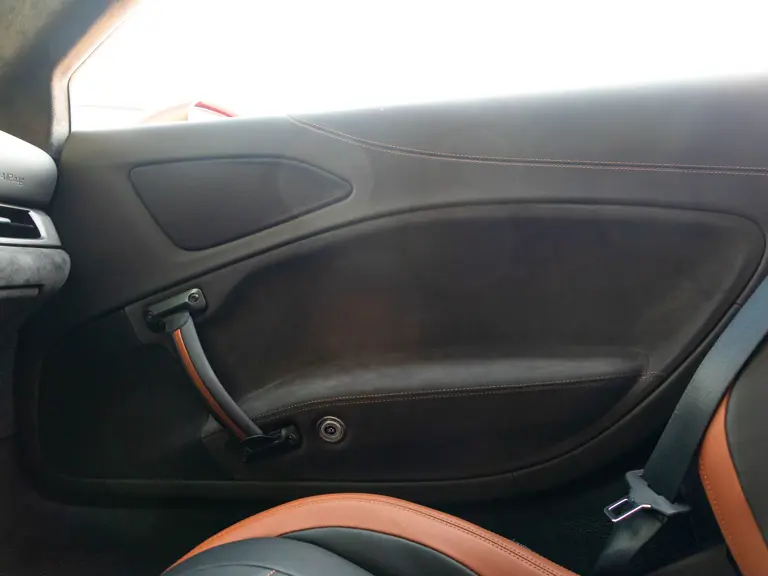
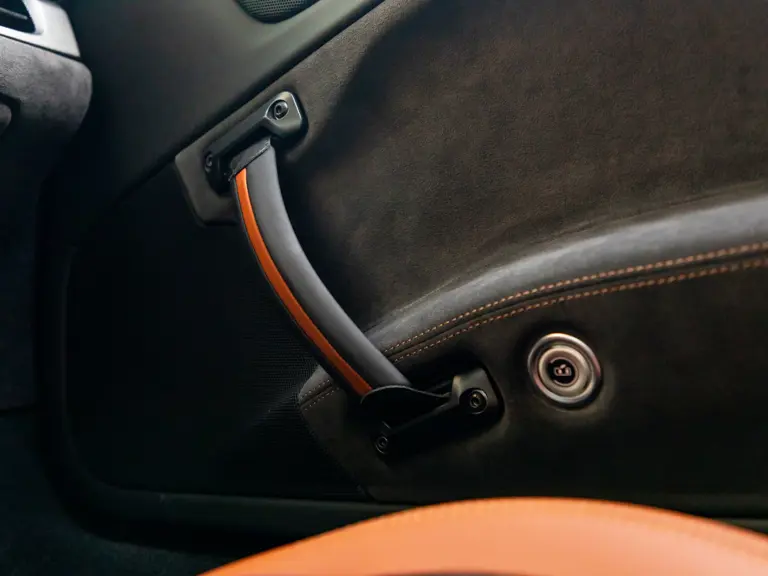

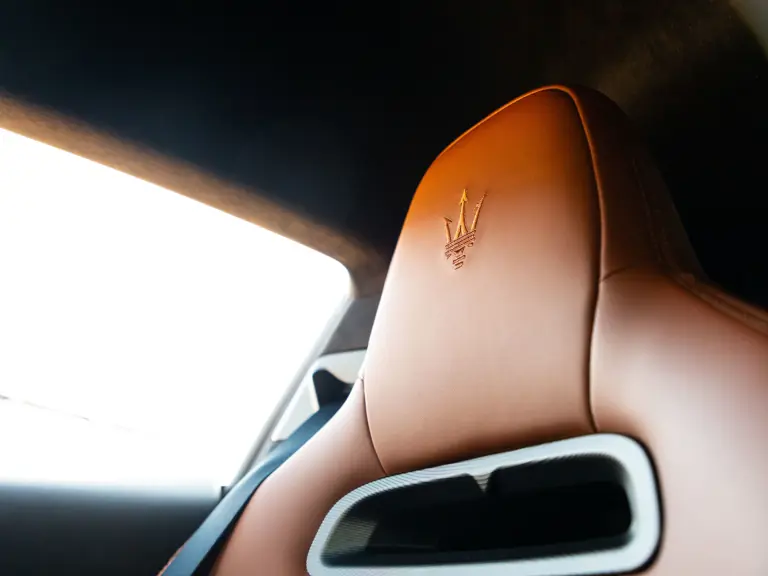
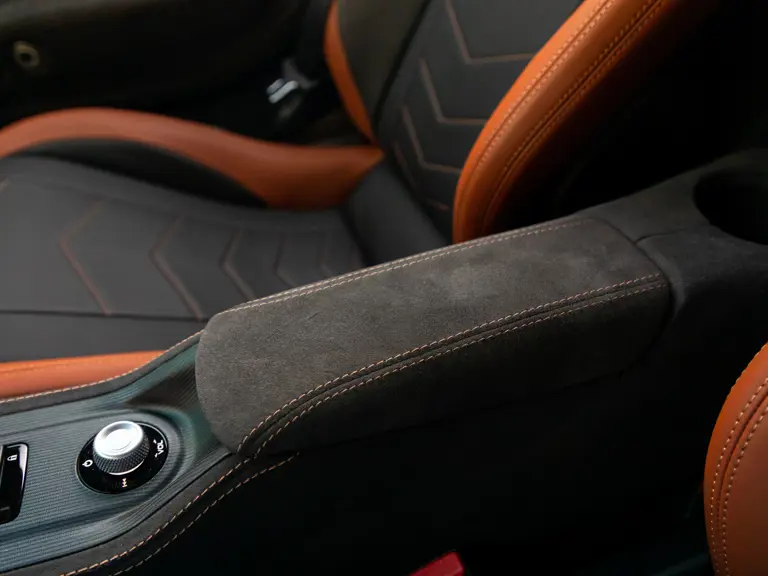
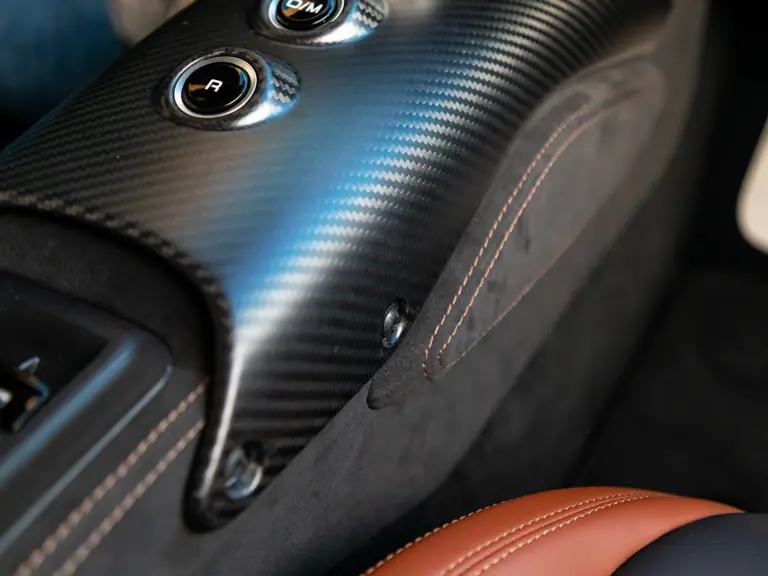
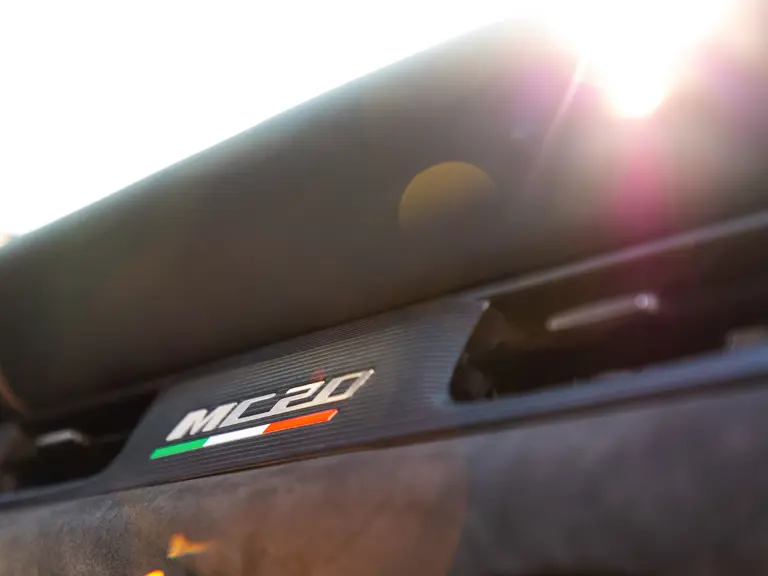
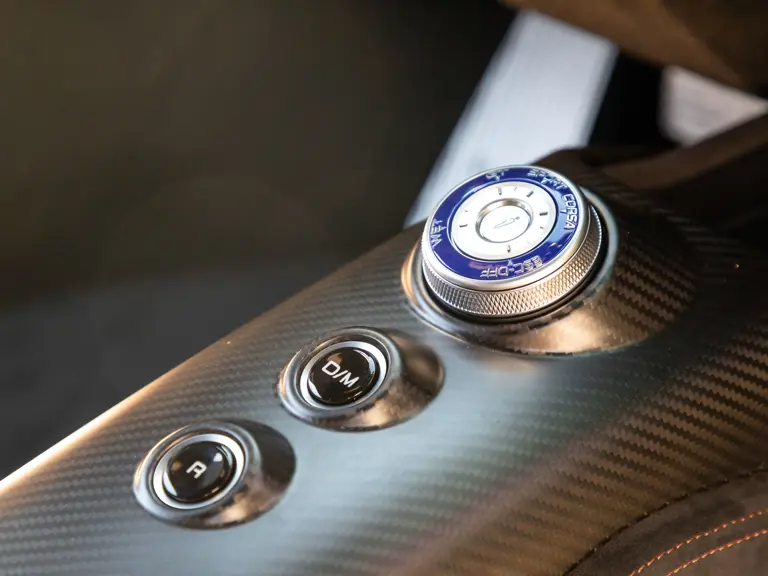
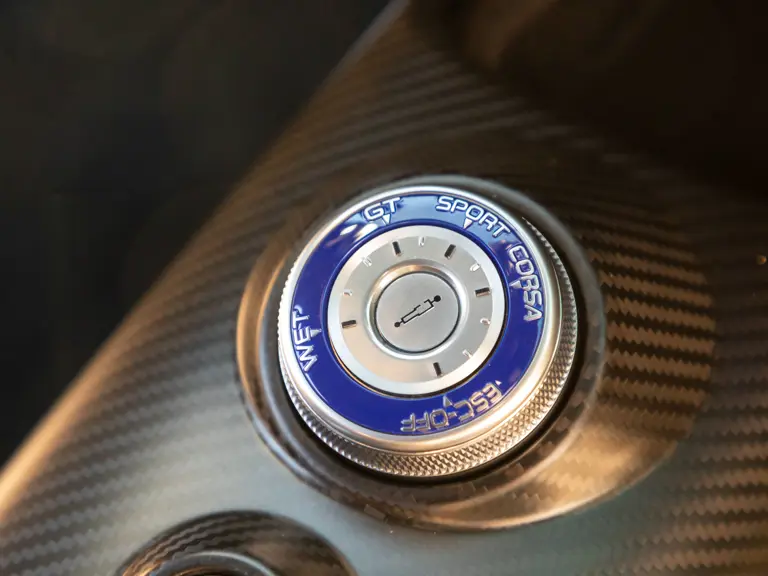
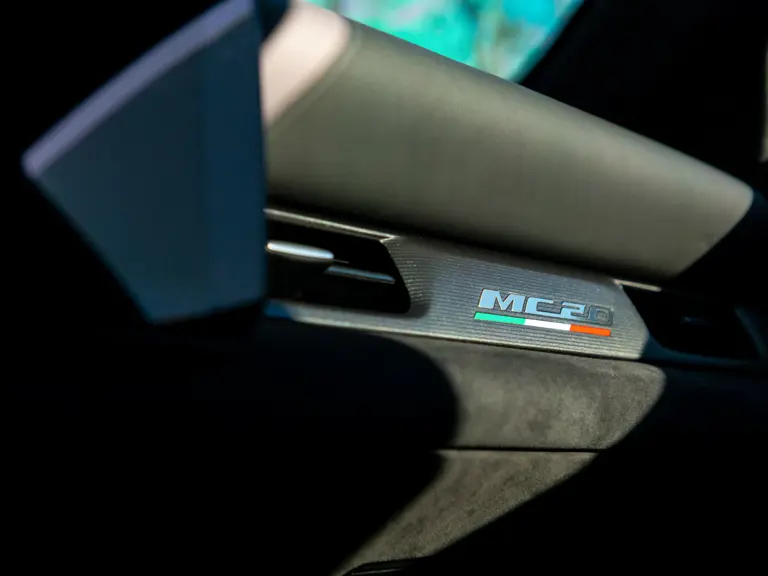
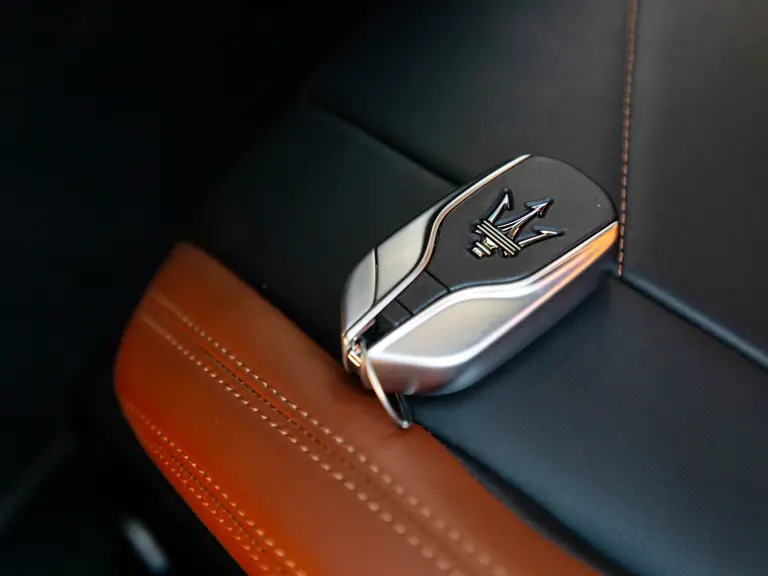
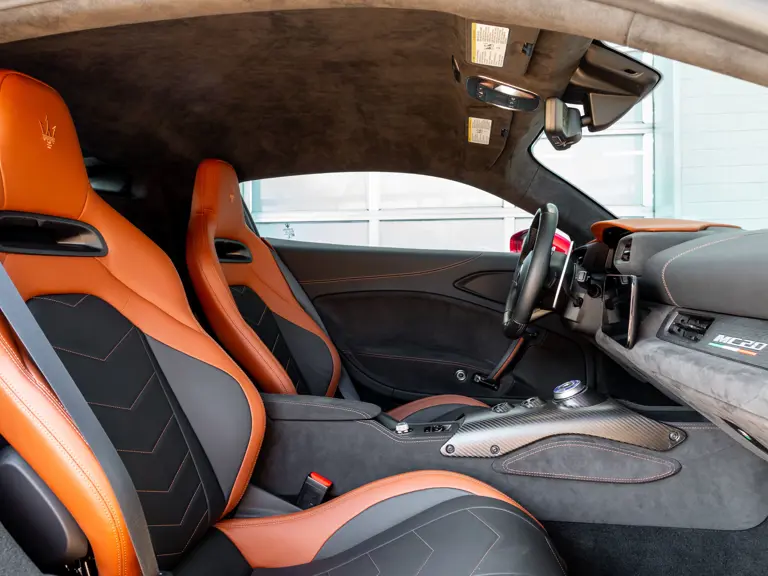
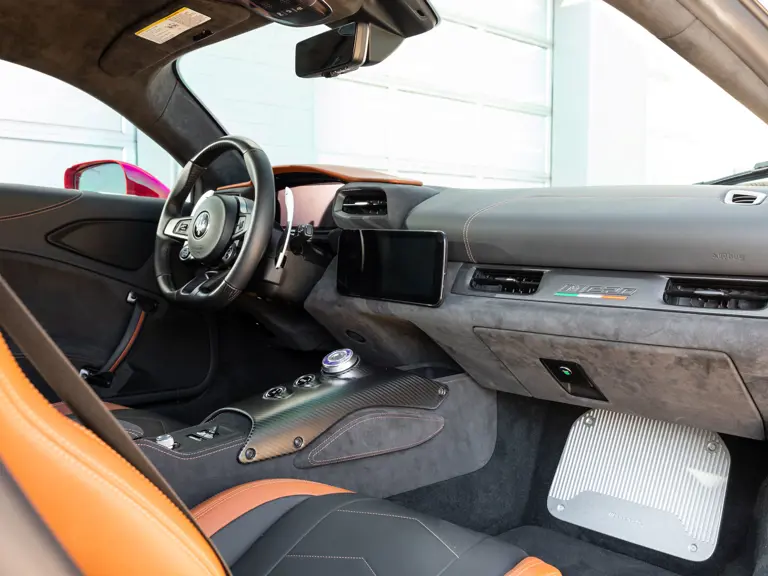
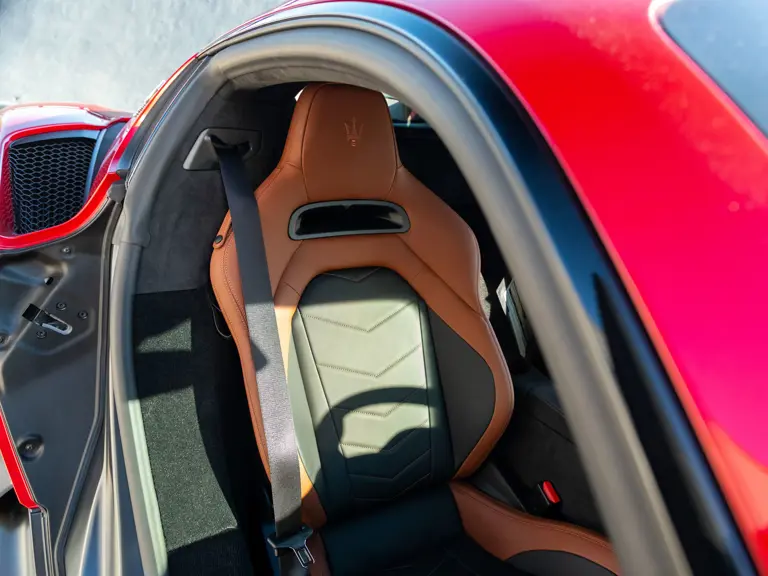

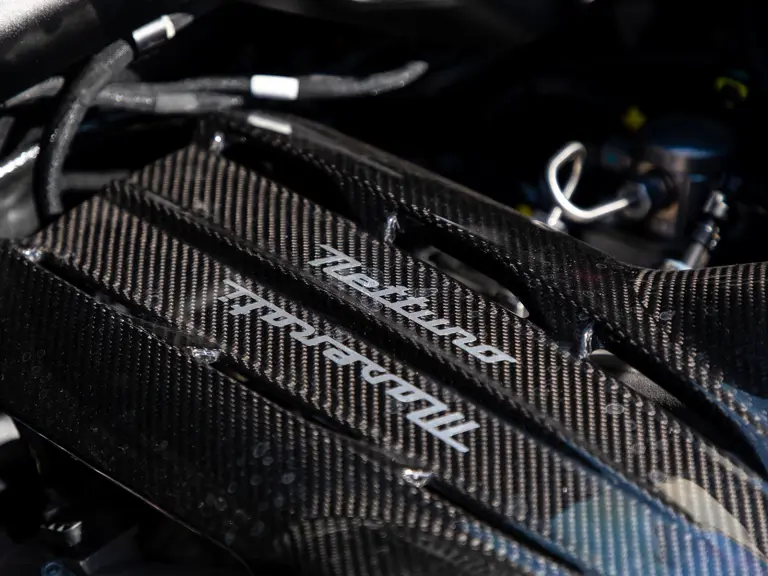
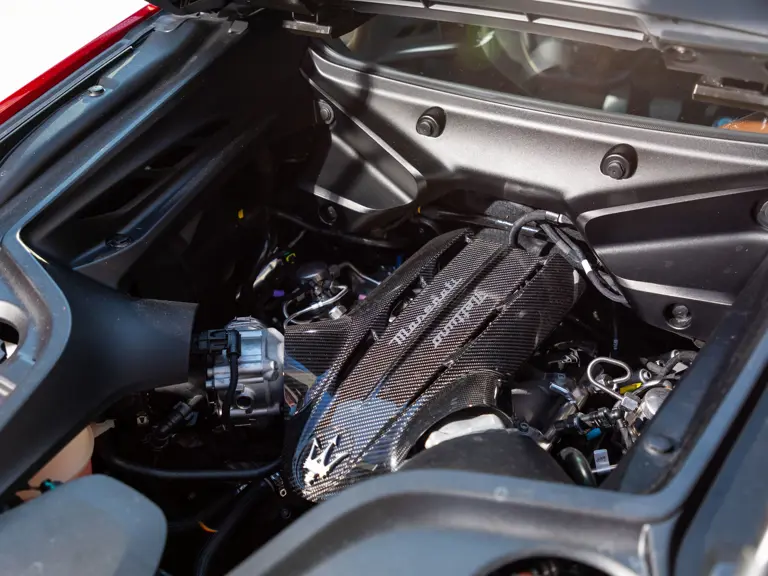
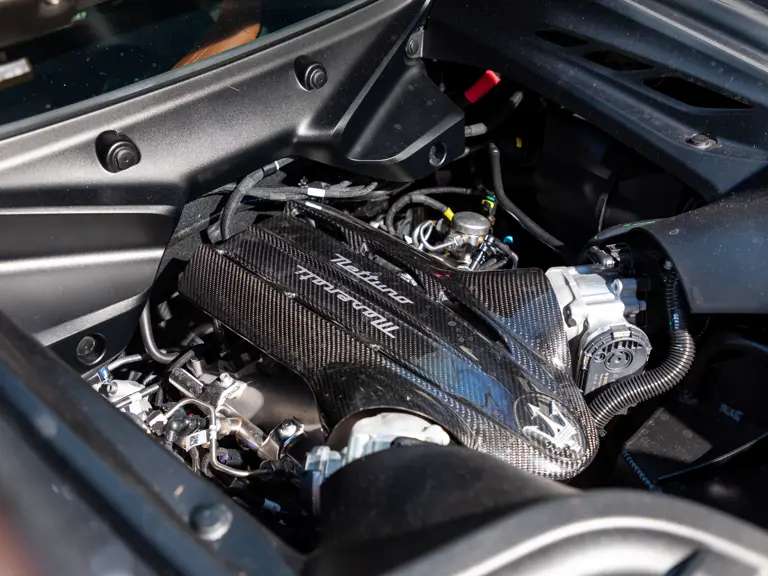
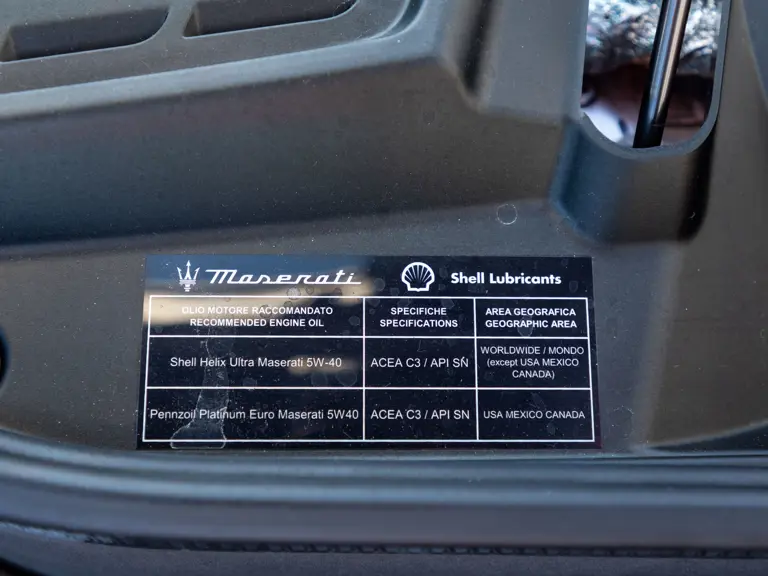
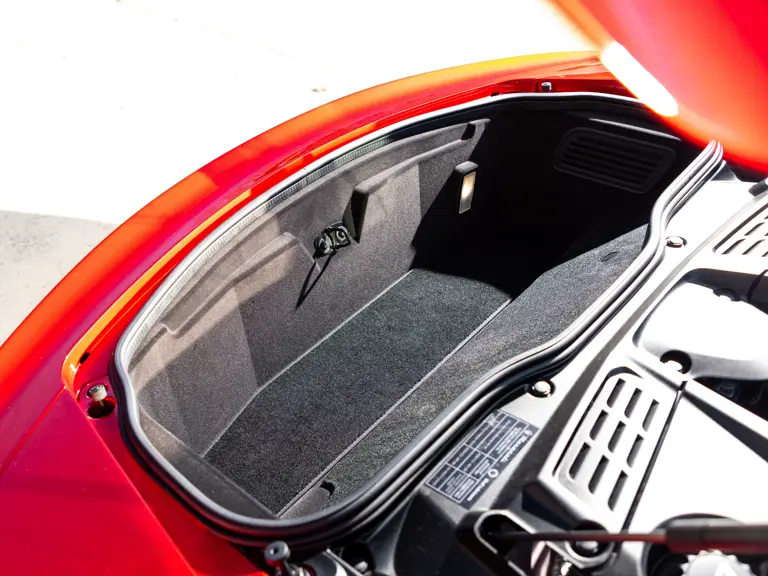
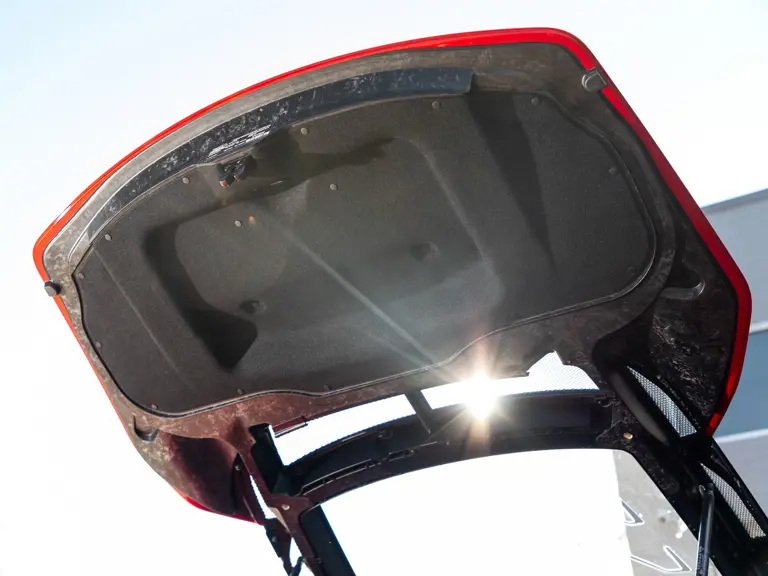
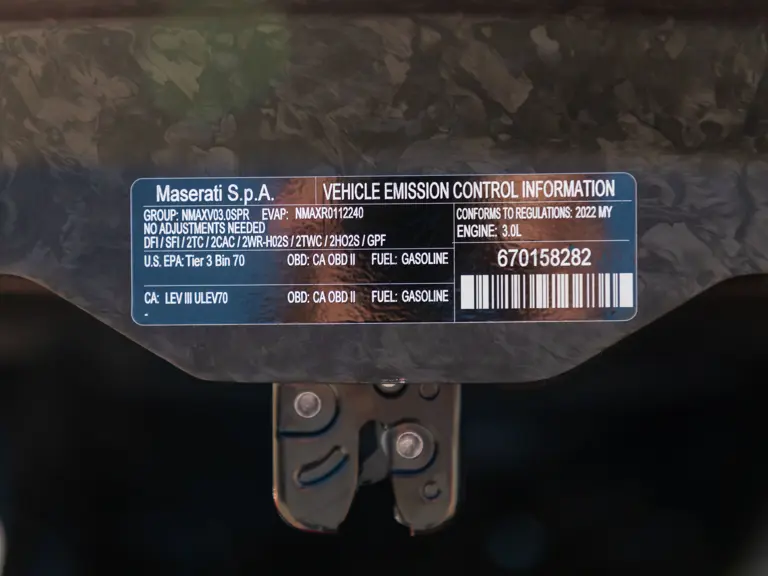
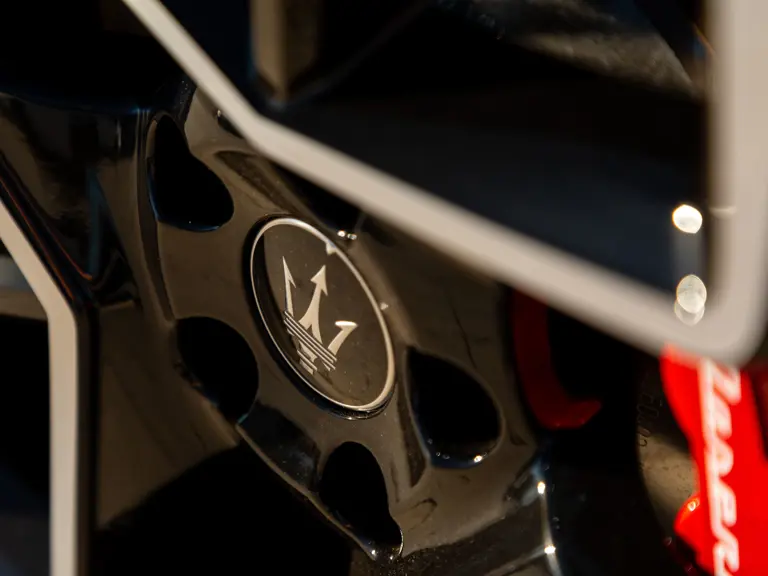
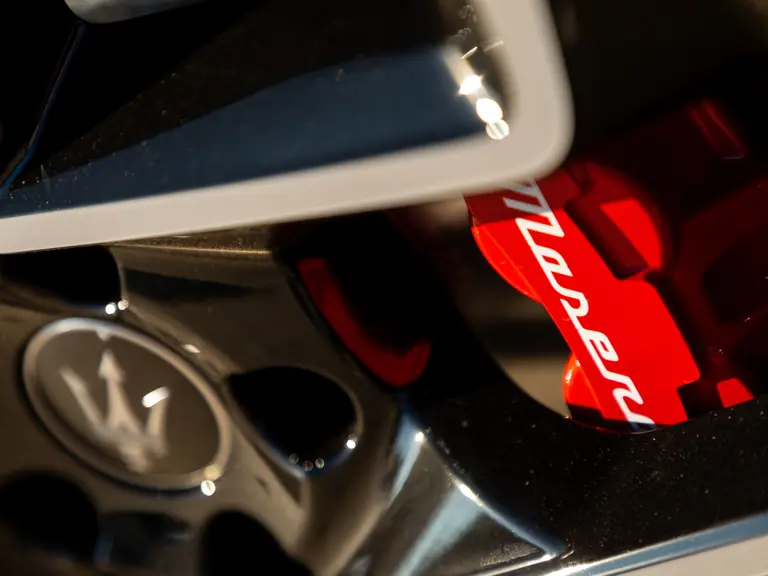
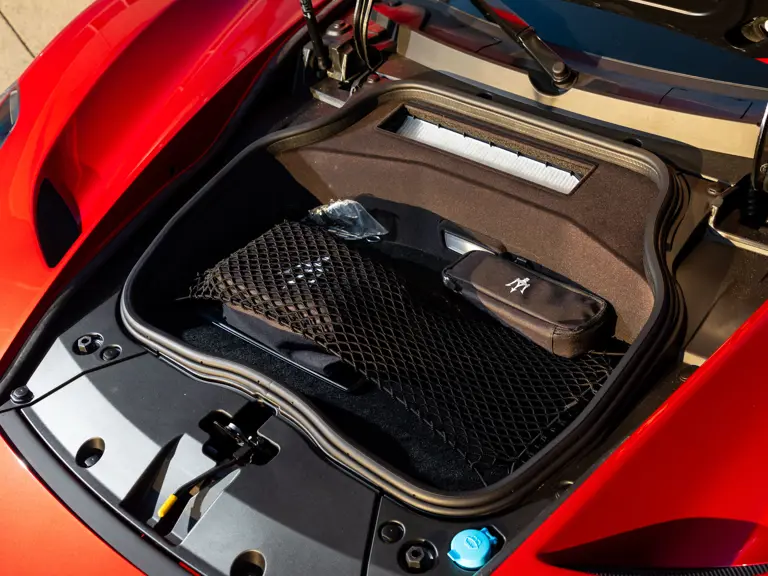

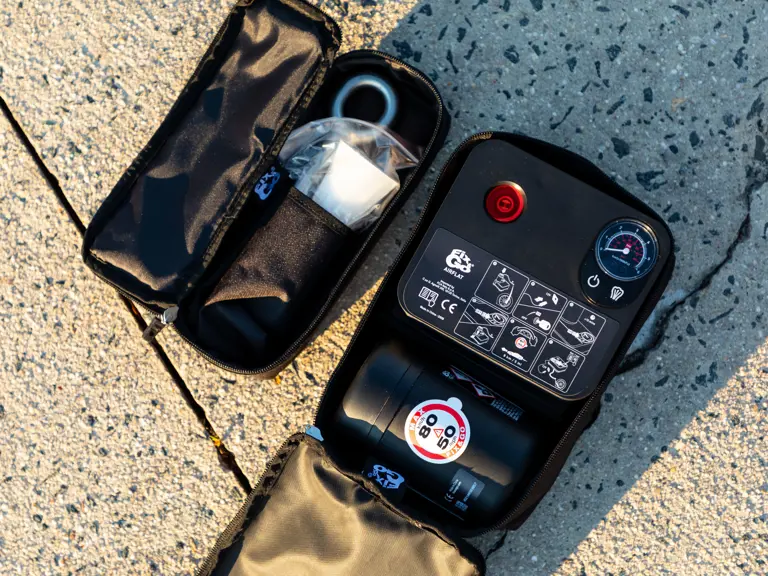
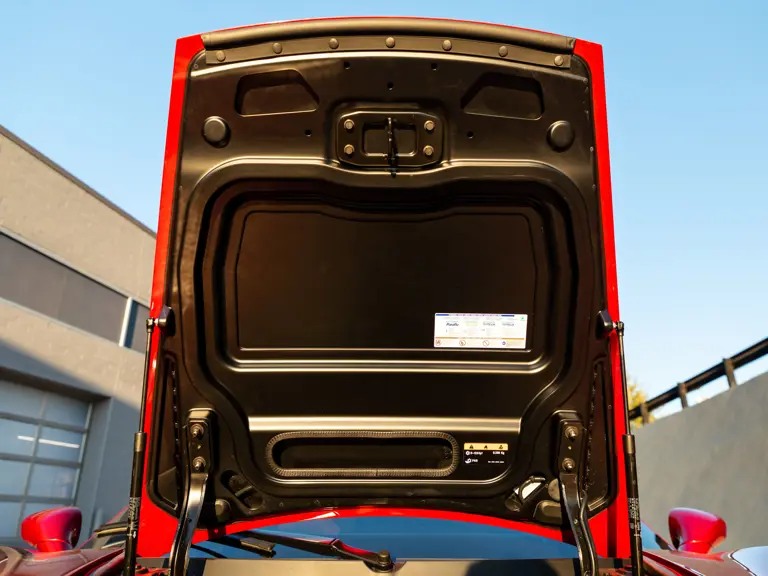
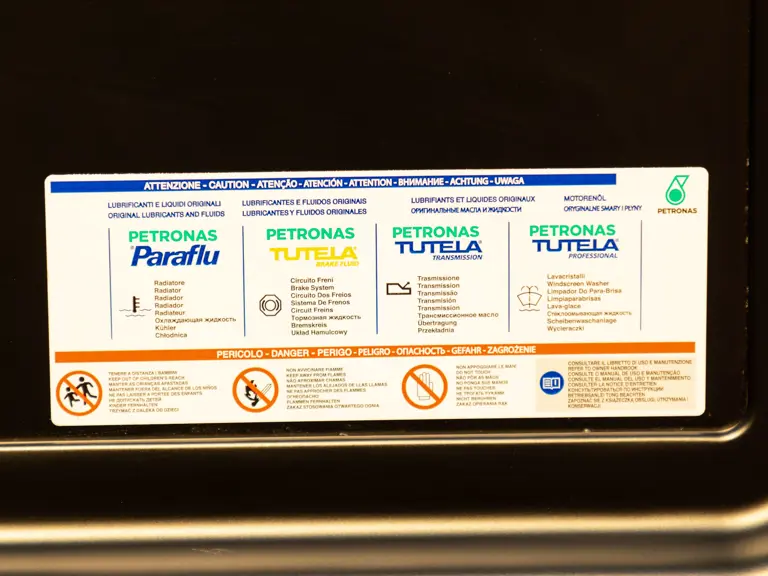
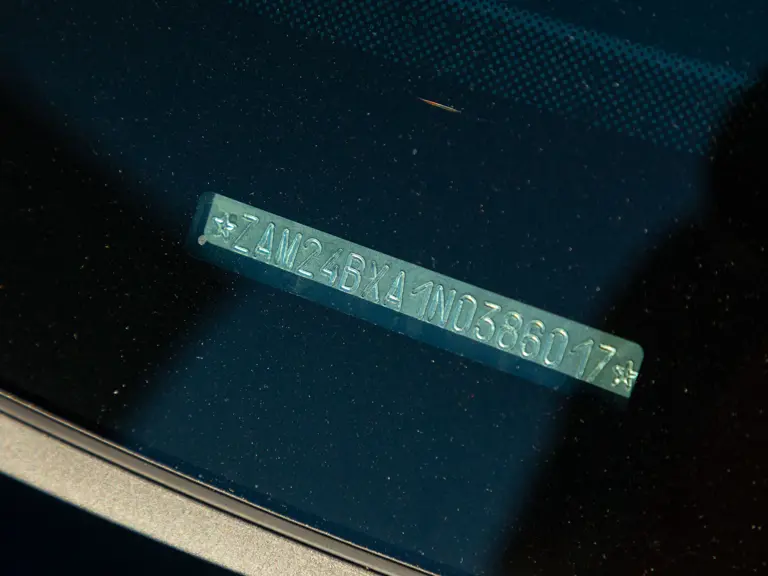
 | Phoenix, Arizona
| Phoenix, Arizona
